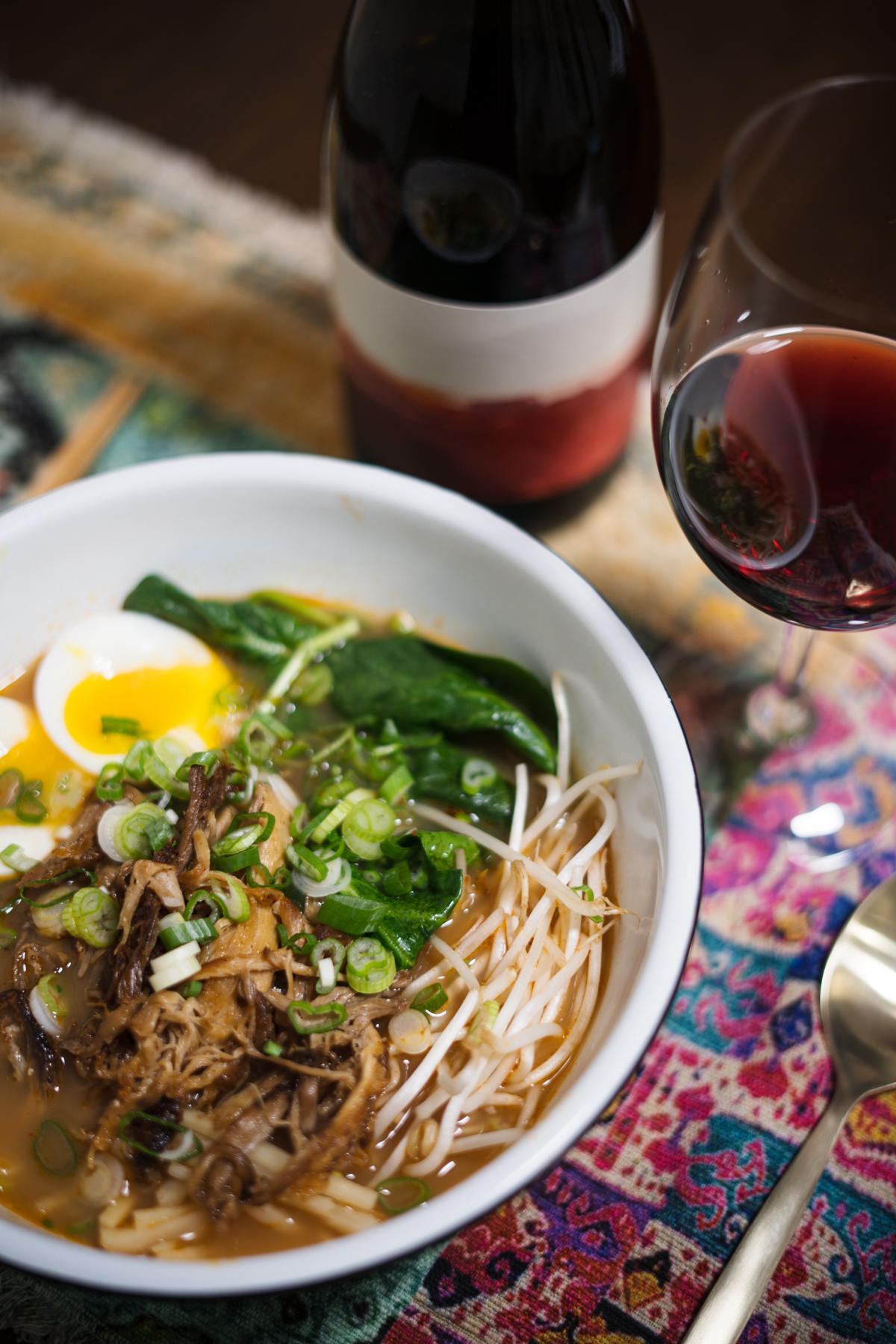Lubrication Blog
The Queens of Punk Rock 🎸
If you know Tank at all, you know we are considered the punk rock winery of Napa Valley. Punk rock is one of our core inspirations, informing both our labels and our winemaking.
The female experience and feminism empowered women's participation in punk rock beginning in the 1970s. So move over, boys, and make room for the queens of punk rock. The following ladies’ unique music and style shaped the movement and the image of punk.

Joan Jett (The Runaways, Joan Jett & the Blackhearts)
Starting out strong with Joan Jett whose careerbegan at just 17 years old with the glam rock band, The Runaways. The band achieved overnight success before founding member Cherie Currie left the group. Joan went on to pursue a stellar solo career and is regarded as one of the founding ladies of punk rock. In 2015, Joan Jett & the Blackhearts were inducted into the Rock and Roll Hall of Fame.

Chrissie Hynde (The Pretenders)
The American-born musician worked in London at Vivienne Westwood’s ‘SEX’ shop before finding success with her band The Pretenders. Hynde was a part of the London punk movement which had a huge influence on her personal style. Hynde was inducted into the Rock and Roll Hall of Fame in 2005 as a member of the Pretenders. In the past five years, Chrissie Hynde has rekindled her love of painting, something that started even before creating music. You can see some of her work here: https://chrissiehynde.art/
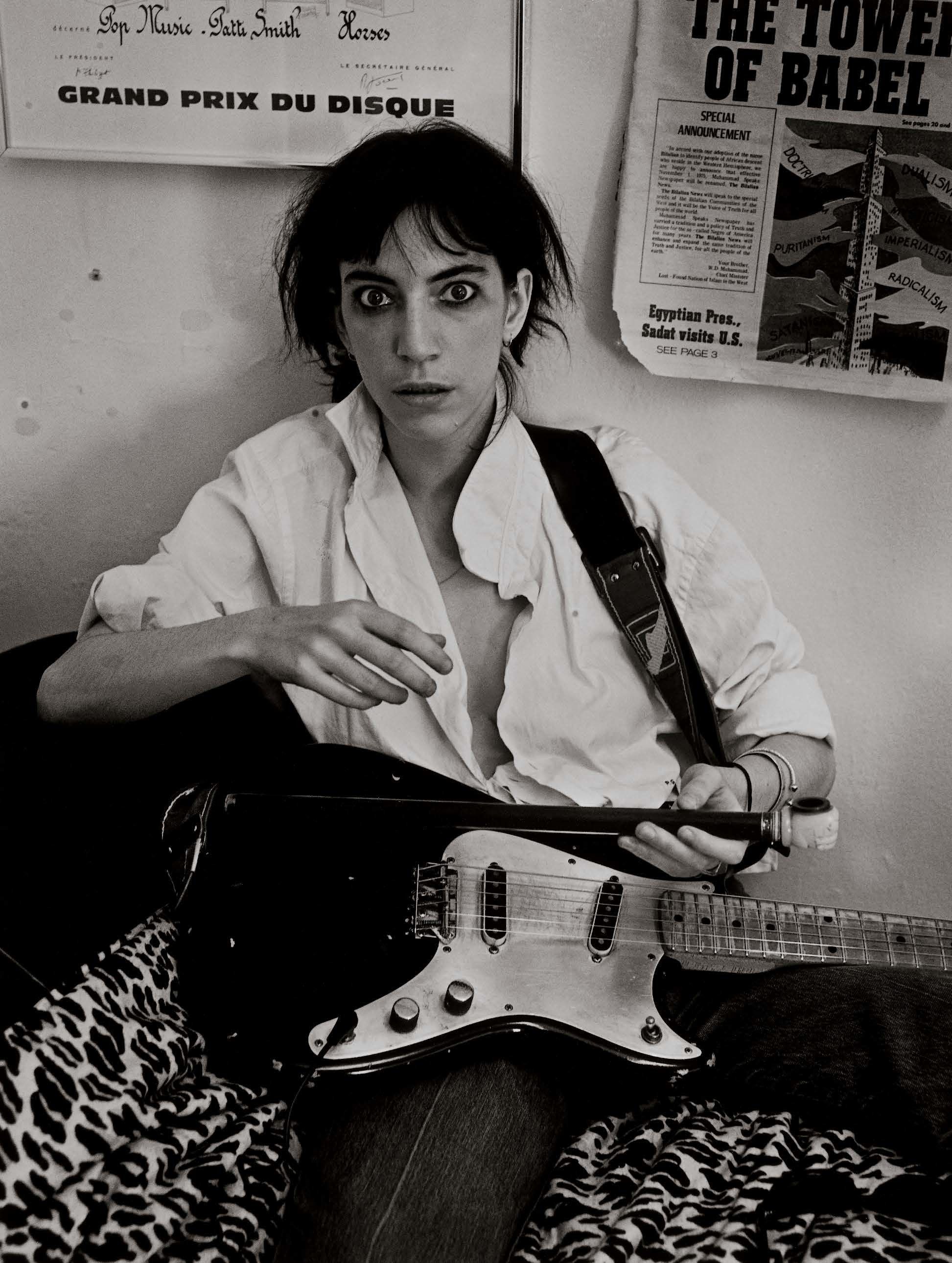
Patti Smith
Patti Smith ranks among the most ambitious, unconventional, and challenging rock & rollers of all time. A prominent member of the New York punk scene, Smith’s debut album ‘Horses’ was a huge hit. Smith has even been referred to as the "punk poet laureate."

Debbie Harry (Blondie)
Blondie’s most successful hits were a fusion of calypso, pop, and rap music but Debbie Harry came of age in 70’s New York and was a part of the American punk movement. Before forming Blondie, Harry was in a string of punk bands and her cool-girl aesthetic has solidified her as a punk icon.
![]()
Siouxsie Sioux (Siouxsie and the Banshees)
Siouxsie Sioux friend of the Sex Pistols found major commercial success with her band, Siouxsie and the Banshees. Sioux’s punk goth style gave her a unique image and created a strong identity for her band.
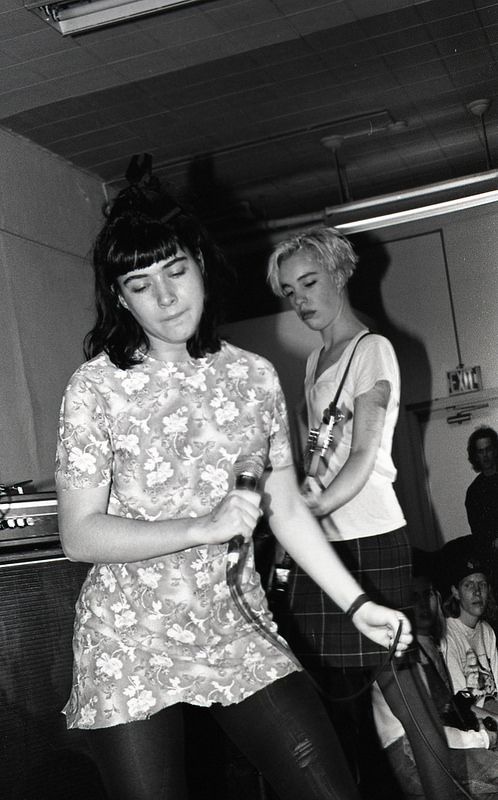
Kathleen Hanna (Bikini Kill)
The frontwomen of Bikini Kill, Kathleen Hanna gave young girls and queer youth a voice. The band was a reincarnation of punk and created what was to become the ‘riot grrrl’ movement. Hanna’s live shows challenged gender politics and binary stereotypes.
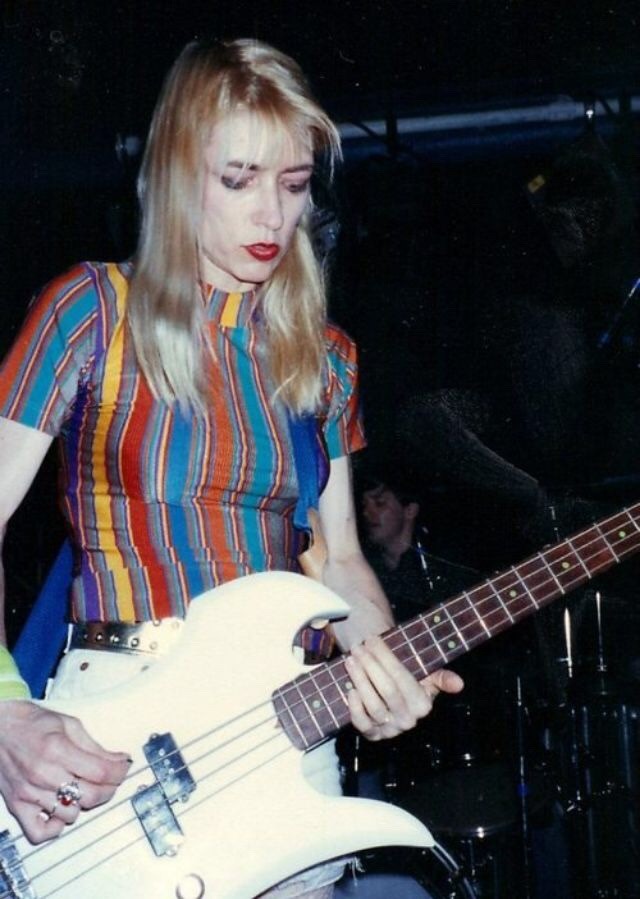
Kim Gordon (Sonic Youth)
Kim Gordon found fame as a member of the 90’s punk rock band Sonic Youth. The bassist, guitarist, and vocalist has been regarded for her effortless sense of style and even launched a clothing line, X-Girl back in 2003. The X-Girl clothing line featured campaigns fronted by Chloë Sevigny and Sofia Coppola.
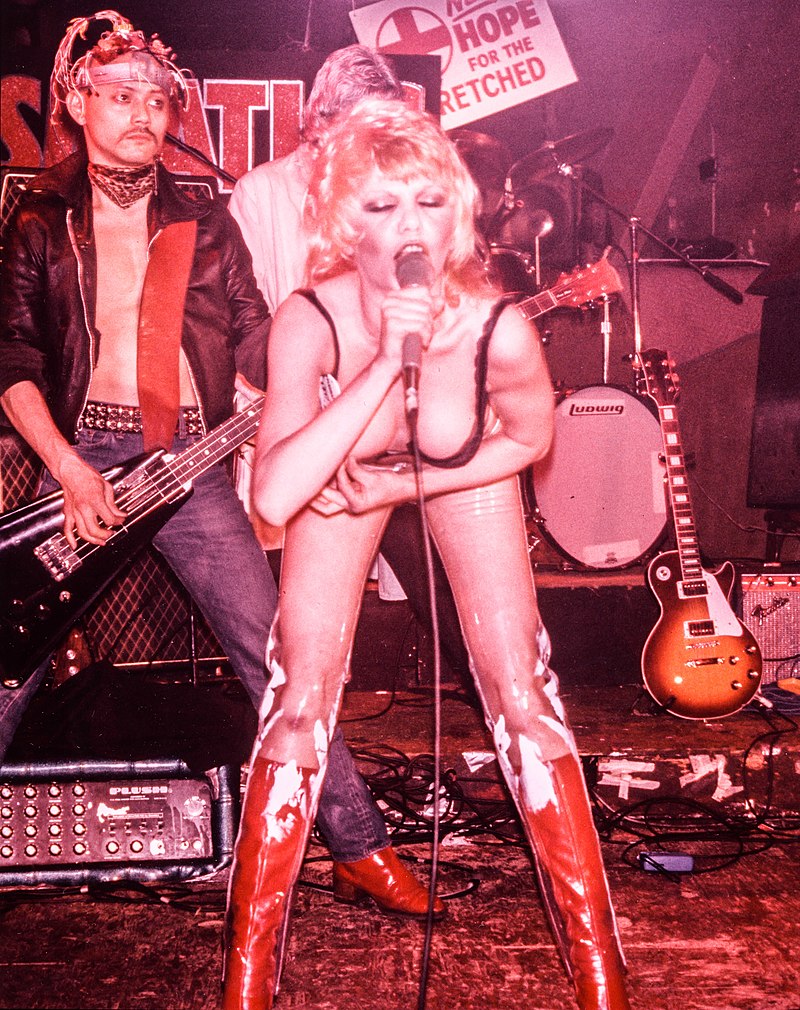
Wendy O. Williams
Wendy O. Williams was an American singer, songwriter, and actress. She came to prominence as the lead singer of the punk rock band Plasmatics. She was known for her onstage theatrics, including chainsawing guitars. She performed her own stunts in videos and often rocked a mohawk. In 1985, during the height of her popularity as a solo artist, she was nominated for a Grammy Award for Best Female Rock Vocal Performance.
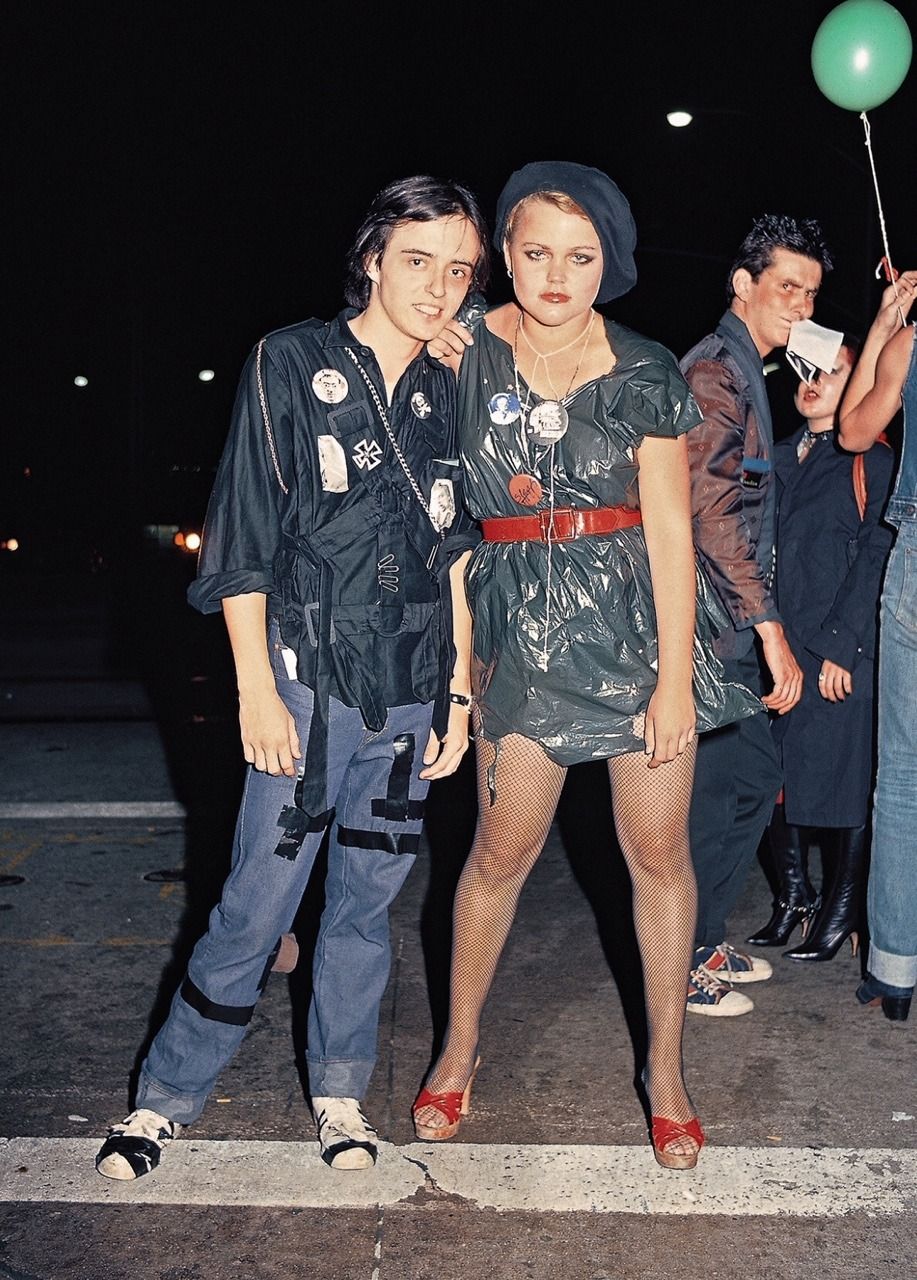
Belinda Carlisle (The Go Gos)
Belinda Carlisle was the lead singer of the Go-Go's, the most successful all-female rock band of all time. After the dissolution of the Go-Go's in 1985, Carlisle went on to have a successful solo career. The Go-Go's were inducted into the Rock and Roll Hall of Fame in October 2021, and they celebrated by launching another tour.
Girl Scout Cookies & Wine
It's Cookie Season 🍪
If you've been eyeing up that sleeve of Thin Mints after popping your favorite bottle of red wine, you're not alone. We may or may not have stocked up on an entire freezer full of our favorite Girl Scout Cookies to ensure we have those delicious, crunchy treats for the months ahead. Click the button below to discover which cookies pair best with Tank wines!

 Try it with:
Try it with:Fever Dream Pét-Nat
Why it works:
This little lemon shortbread cookie packs a punch and perfectly complimented the vibrant citrus notes found in Fever Dream. Be careful – you might just eat the whole package at once.

 Try it with:
Try it with:Wild Child Rosé
Why it works:
The bright and juicy watermelon and strawberry fruit flavors in Wild Child are just what you need with the gooey caramel and tropical coconut vibes that Samoas deliver.

 Try it with:
Try it with:Soul Fuel
Why it works:
In what just might be our favorite pairing, these crispy chocolate and mint cookies play off of the coffee and mocha notes soooo well in Soul Fuel.

 Try it with:
Try it with:Make Money Red Wine
Why it works:
Something as rich and decadent as a buxom Napa Valley Cab deserves a cookie of equal standard. The rich, crunchy chocolate and caramel cookie is just that, and was a knockout for Make Money.
Cookies and Wine Four-Pack$193 per pack (normally $215) Use code: COOKIES at checkout through 3/26 to score $1 shipping on any 4+ bottle order. Order Now |
5 Spots to Drink Wild Child This Summer in Sunny Northern California ☀️
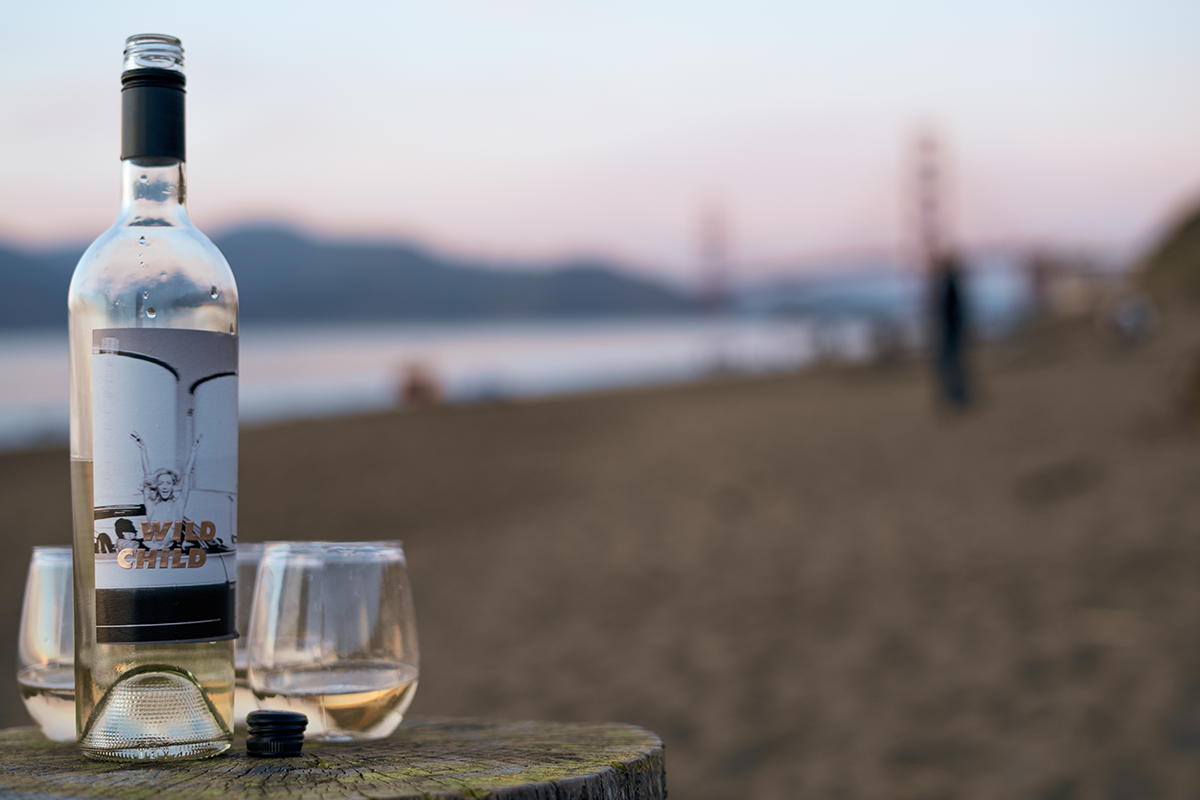
1. Baker Beach
Every once in a while, the sun shines bright in San Francisco, and everyone flocks to the nearest park or beach to soak up the sun and day drink. With a stunning view of the Golden Gate Bridge, head to Baker Beach with a cooler full of wine and snacks because once you get here you won't want to leave. Look out for Gray-green serpentine protruding among the cliffs between Fort Point and Baker Beach. Serpentine forms when rocks deep in the earth’s crust are altered and forced to the surface. The northernmost end of Baker Beach is frequented by clothing-optional sunbathers if you're into it! 😜
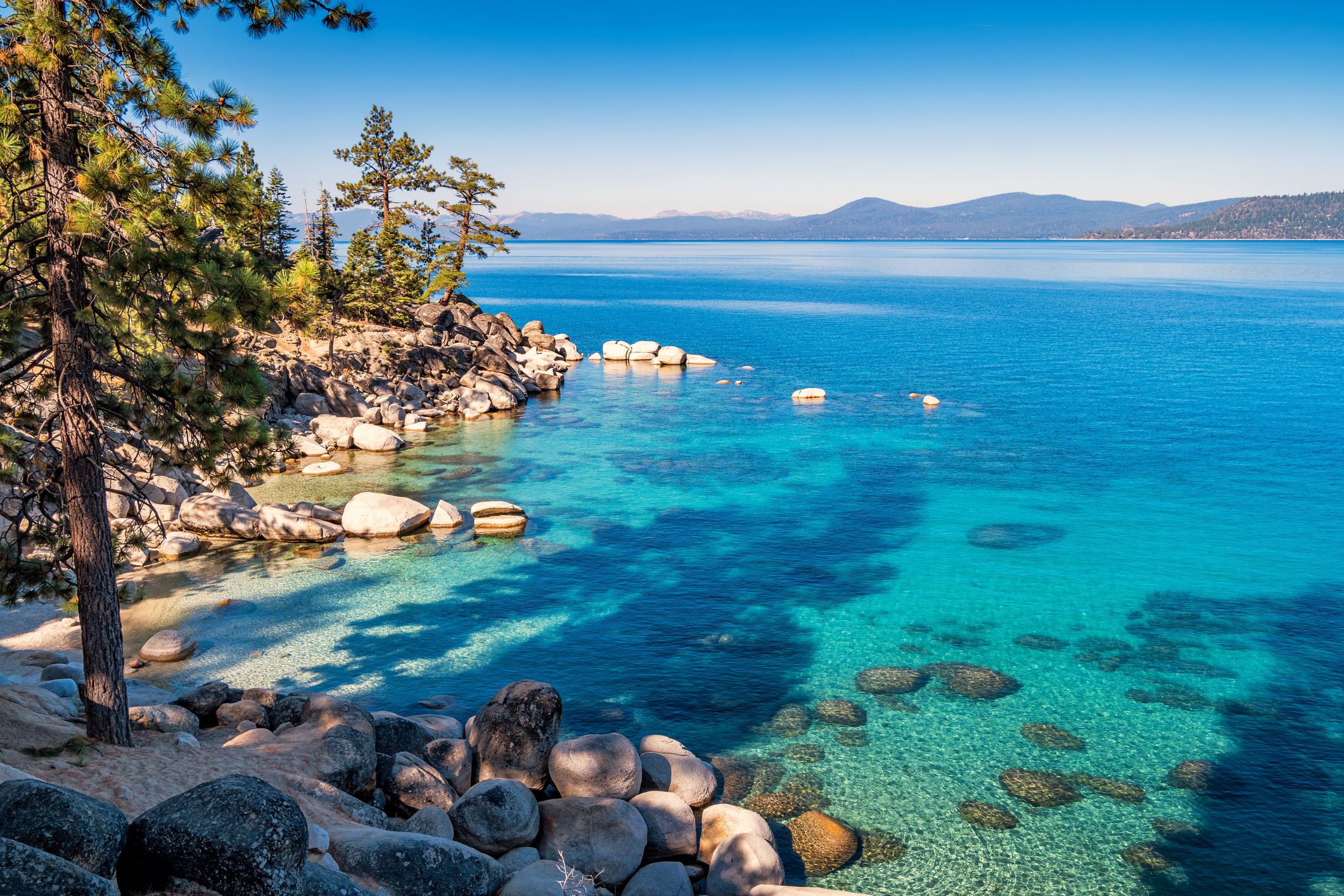
2. Lake Tahoe
Lake Tahoe is nature at its best! This large freshwater lake (the nation's second deepest lake) is located in the Sierra Nevada Mountains, straddling the border of California and Nevada. The crystal clear water is perfect for swimming, kayaking, paddle boarding, and boating. The mountains tower above in all directions boasting miles of hiking trails, and loads of natural vistas. Fun fact: The water in Lake Tahoe is 99.994% pure, making it one of the purest large lakes in the world!
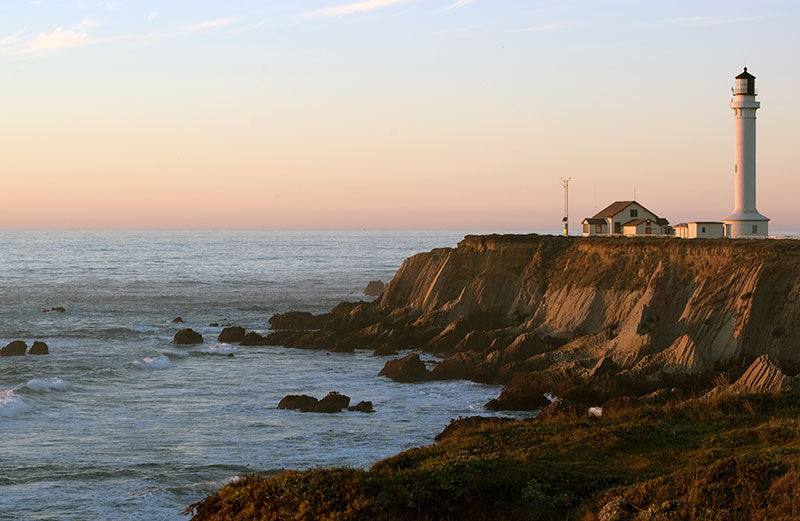
3. Mendocino Coast
With jaw-dropping views with each turn of the road, the Mendocino Coast is truly a hidden gem and not to be missed if you are traveling to Northern California! Rural and desolate in the best way, many of Mendocino's first residents came from Maine, so it is not surprising that the architecture resembles that of a New England village, with charming Saltbox cottages, and stately Victorian mansions. Don't miss the Point Arena Lighthouse, an iconic landmark on California's northern coast!
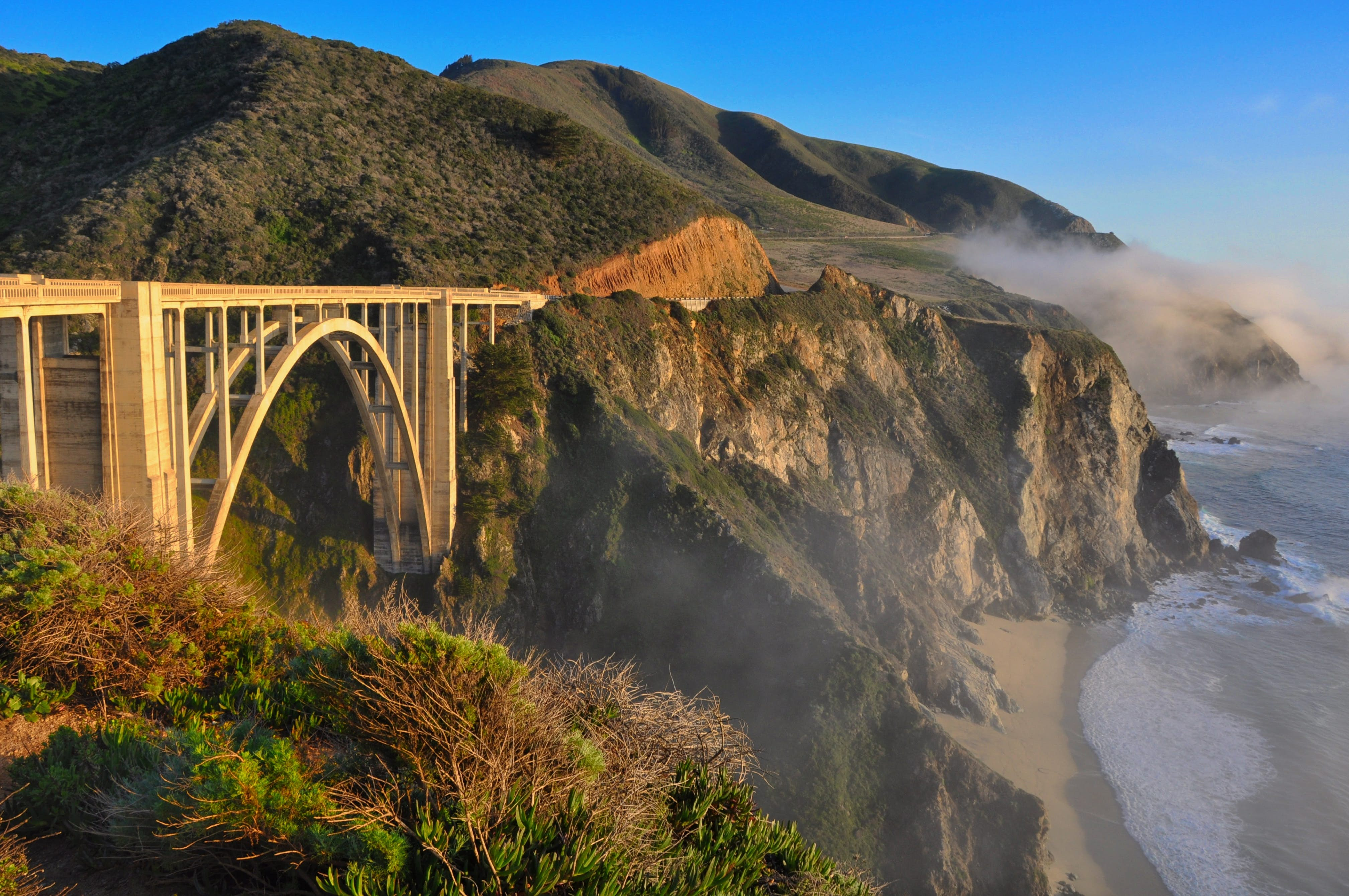
4. Big Sur
Jagged cliffs pummeled by enormous waves line the scenic Pacific Coast Highway along Big Sur, creating some of California's most memorable ocean vistas. Give yourself plenty of time for stops along the way! The Point Lobos State Reserve has amazing coves, seals and otters swimming, tidepools, and more. The view at McWay Beach in Julia Pfeiffer Burns State Park is well worth the short trek, with a waterfall flowing straight into the ocean. Bixby Bridge, one of the most photographed bridges in California, is a marvel of engineering from the 1930s.
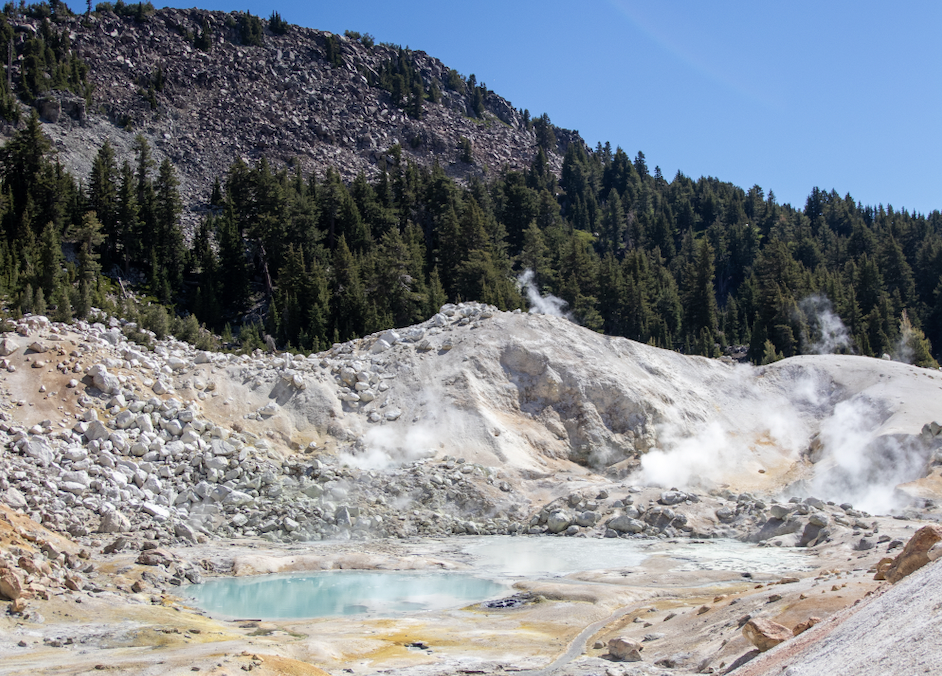
5. Lassen National Park
When planning a trip to Northern California, folks tend to go to Lake Shasta, the Redwood National Forest, and of course, Yosemite. Don't make the mistake of missing this rad park! Like a mini Yellowstone, Lassen Volcanic National Park is a geological wonderland. Only 400,000 people make their way to Lassen across all four seasons, significantly less than the other famous parks in the area. California's most underrated national park has great trails for hiking, colorful lakes, hydrothermal sites, and volcanic peaks.
Email or DM us a picture of your Wild Child Rosé in the wild and we'll send you a code for $1 shipping on your next order of 2 or more bottles 😉
The One Where Tank Goes To Hog Island Oyster Co.
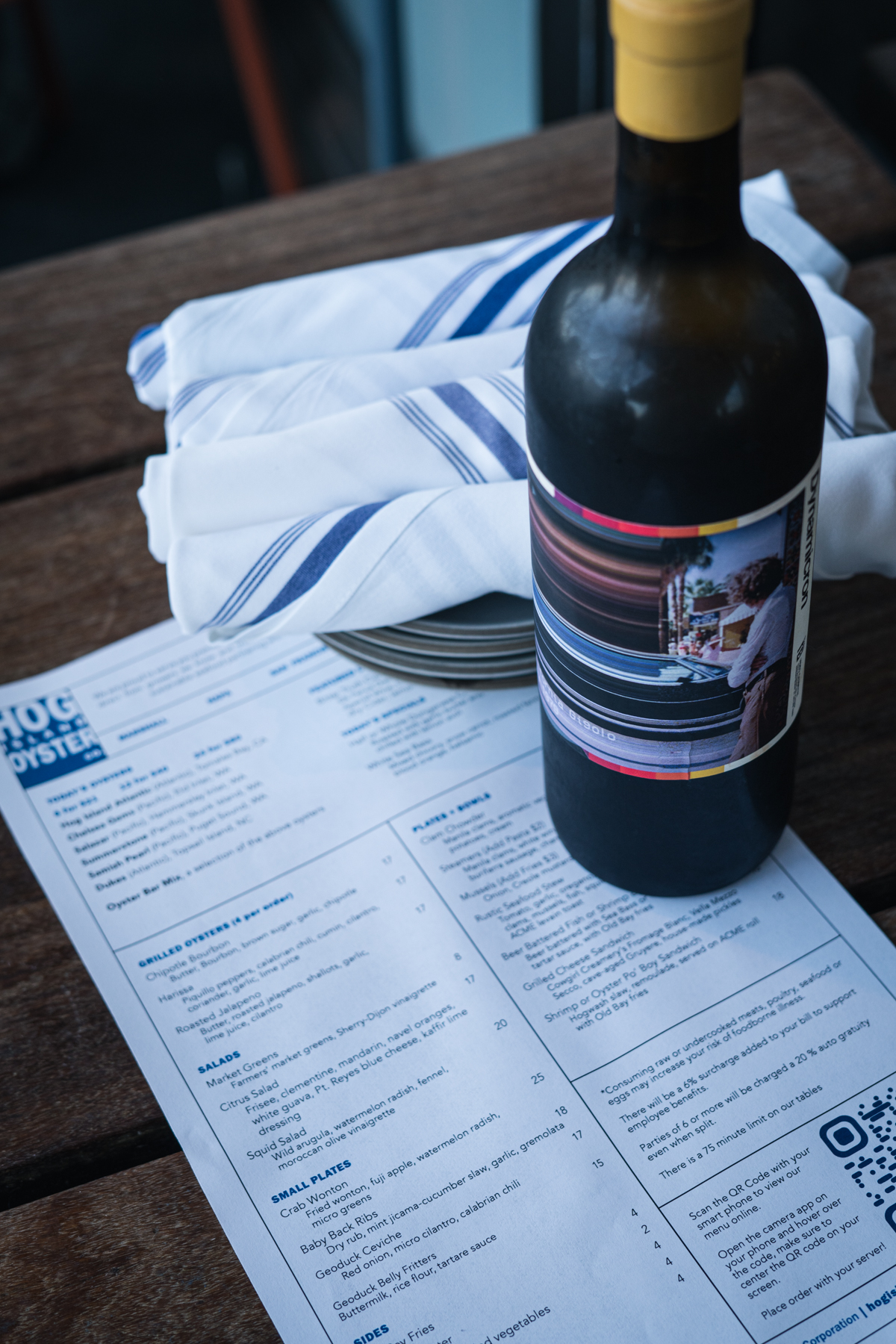
We ❤️ Hog Island Oyster Co.
With incredible acidity and juicy flavors that practically explode in your mouth, California Gigolo is the perfect pairing to the briny sweetness found in oysters, and more specifically, oysters from Hog Island Oyster Co.
While we love taking road trips out to the coast to visit their oyster farm in Tomales Bay, we're grateful to have Hog Island Oyster Co.'s Napa location a hop, skip, and a jump from Tank Garage Winery. Started in 1983, Hog Island is known as one of the top oyster locations on the west coast, raising five different oyster varieties as well as Manila clams on 160 acres of intertidal lands in Tomales Bay.
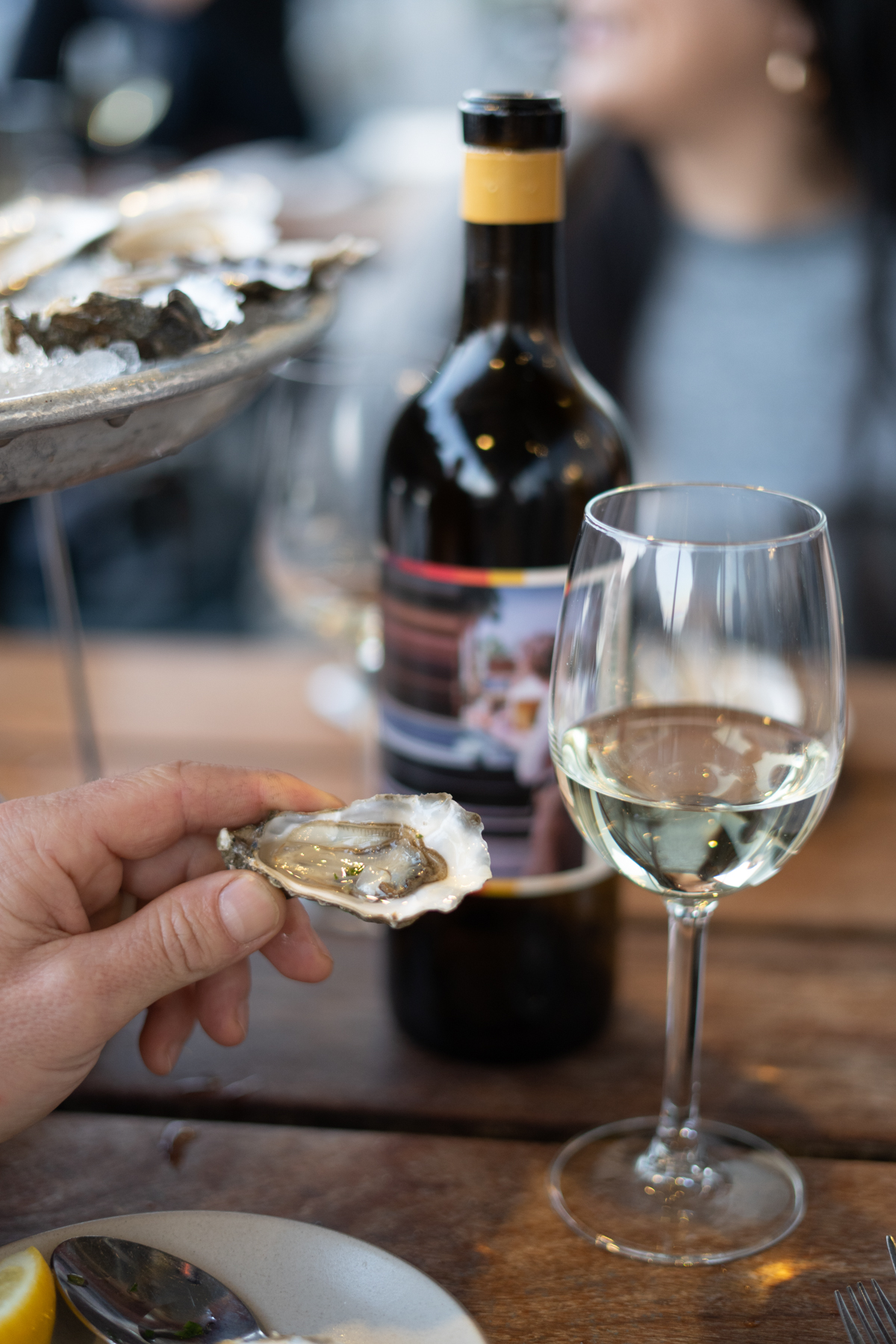
So why does California Gigolo work so well with Oysters, you might ask? The Grüner-Veltliner, which represents 60% of the blend, was sourced from the rolling hills of Edna Valley by San Luis Obispo. The vineyard's close proximity to the Pacific Ocean offers diverse soils rich with volcanic and marine sediments, which translates to a complex minerality that works brilliantly with shellfish.
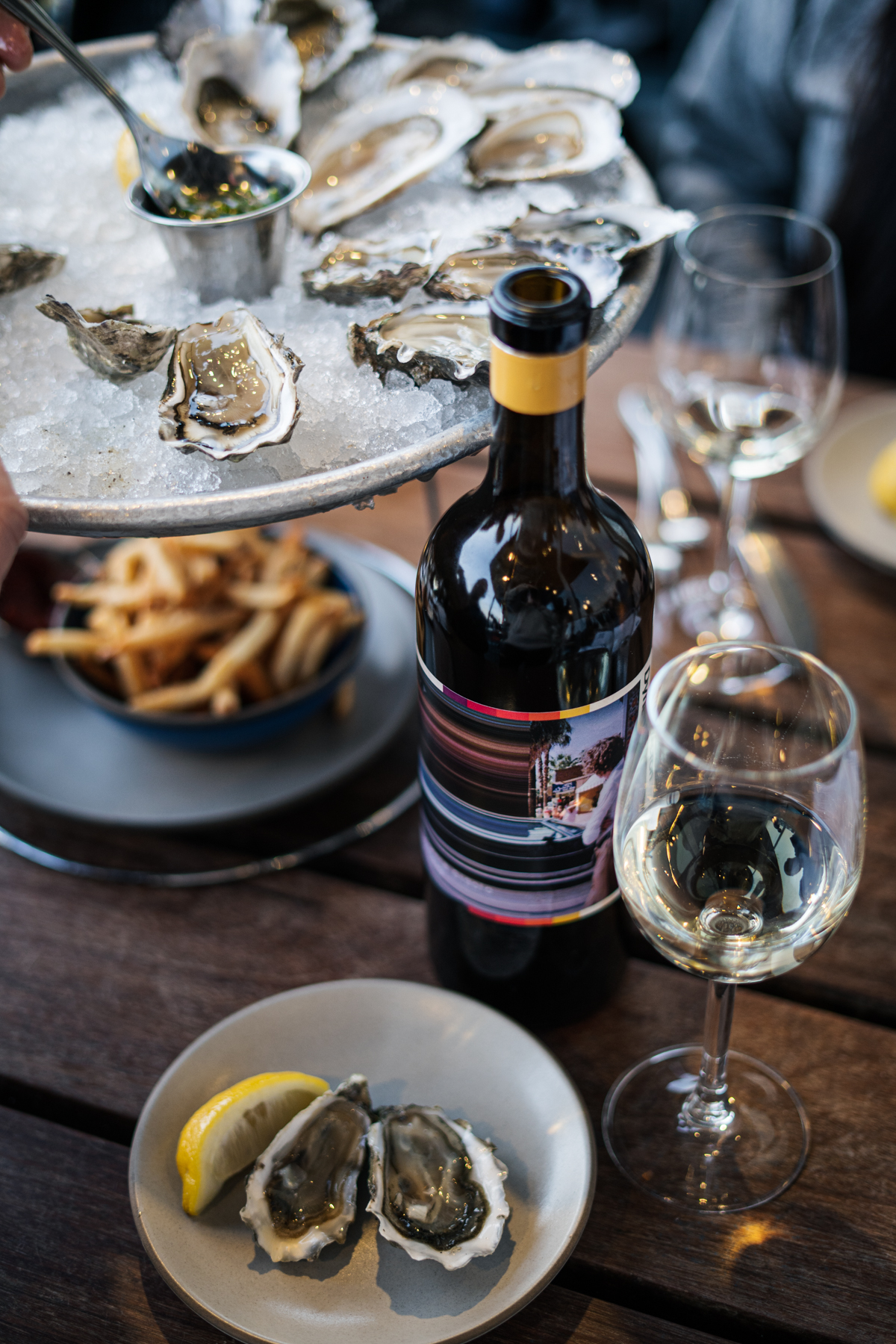
We ordered a sampler of five different oyster varieties: Sweetwaters, Atlantics, Kumamoto, French Hog and Olympia. Our personal favorite was the Hog Island Sweetwaters, which offer a slightly sweet and briny flavor with an almost smoky finish, bringing out the juicy peach and citrus notes in California Gigolo.
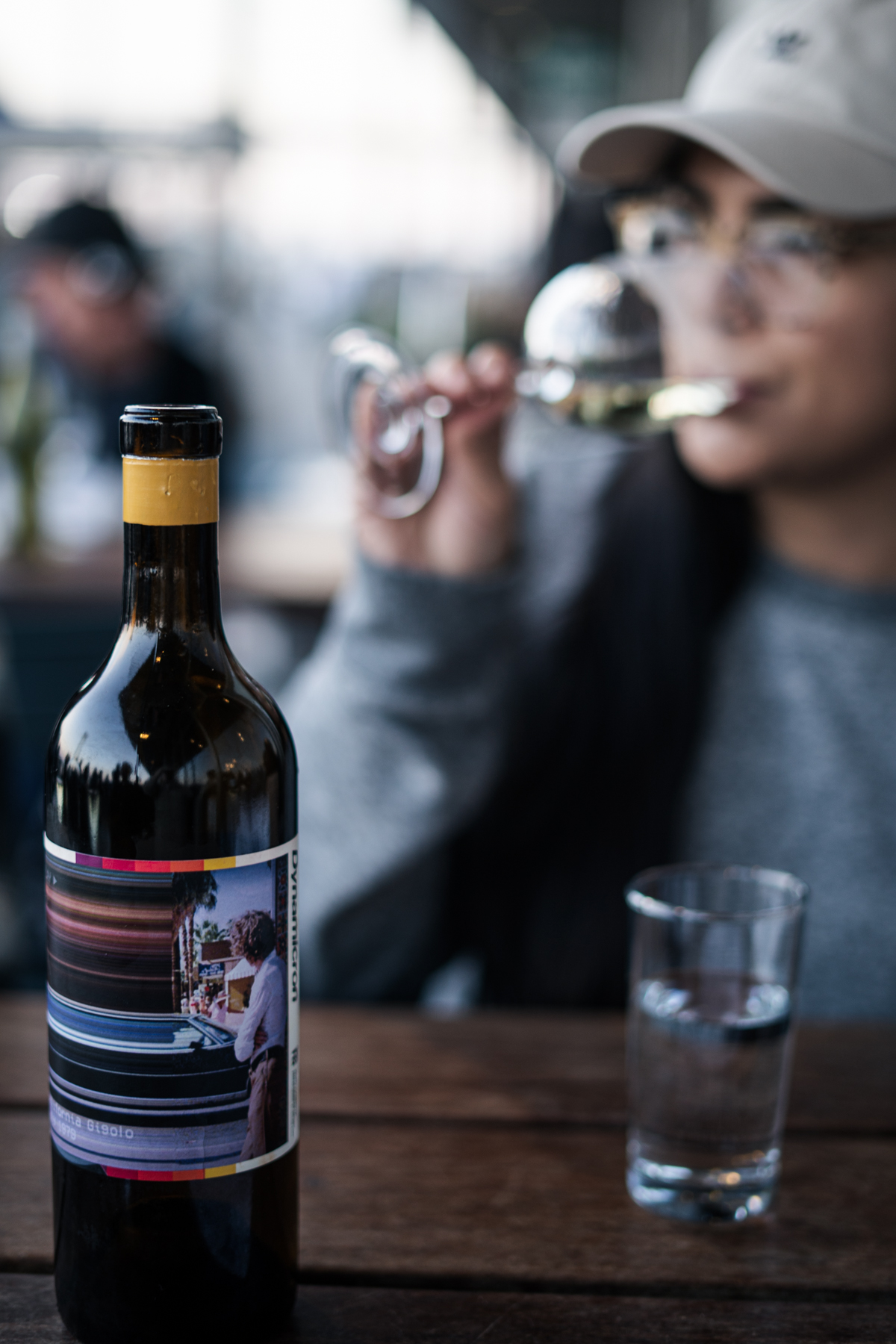
A little more on California Gigolo
Every Woman's Dream. Every Man's Fantasy. Or so we're told.
If you're looking for pleasure, let us give you a card for California Gigolo, a sexy, groovy white wine that'll make your tongue moan.
A California blend of 60% Grüner Veltliner, 26% Roussanne, 8% Chenin Blanc, and 6% Grenache Blanc, we went for a quaffable, poundable (😘) style that just tastes yummy. The star of this wine is the Grüner we sourced from the rolling hills of Edna Valley by San Luis Obispo. Just east of the Pacific Ocean, this is one of the coolest viticultural areas in California, with long passionate growing seasons, and diverse soils with volcanic and marine sediments and throbbingly rock hard shale.
So how did we make it? Picked for flavor, hand-harvested, whole cluster direct to press, racked off of gross less, chilled fermentation in stainless steel and Austrian puncheon! The result is Grüner Veltliner that is both round with flavor while maintaining a fresh and crisp finish. Damn, we love this Austrian grape, it swings both ways. Add in the Roussanne for some additional herbal complexity, plus a few more friends, and we truly have a delicious wine.
How 'bout we unbutton its shirt and get a big waft of that sexy cologne. Wads of gorgeous aromas of citrus and nectarine swirl out of the glass, unzipping the pants to delectable herbaceous flavors of grapefruit, lemongrass, and peach supported by notes of white pepper and dill. With incredible acidity, the juicy flavors practically explode in your mouth, and drip down your neck and chest (RECORD SCRATCH)... ok, maybe we took it too far.
So, ahem, the label.
Sometimes we feel like the only winery truly celebrating the late '70s and early '80s. In this case, we're drawing on our nostalgia and busting out that old Betamax tape we've been hiding under our mattress. Though Betamax would ultimately lose the war against the technically inferior VHS format, we have fond memories of its high-quality presentation and retro packaging. Ok, it's also another nod to old porno films, but if we don't carry that torch, what winery will?

Down the Bottling Line
Every winery has its own unique way of bottling. Curious about how your favorite winery in Napa does it? Everything is done on-site in our winemaking facility in Napa...on the back of a big rig backed up to our warehouse, of course. Our bottling process is simple and straightforward with quality in mind. Workers monitor each station and the whole process operates like a choreographed dance. For the day, the cellar buzzes with the non-stop whirr of equipment and clink of bottles as they move down the line.
Let's take it step-by-step.
Step 1:
Empty bottles are taken from their cases and placed onto the conveyor headed straight to the bottle filler.
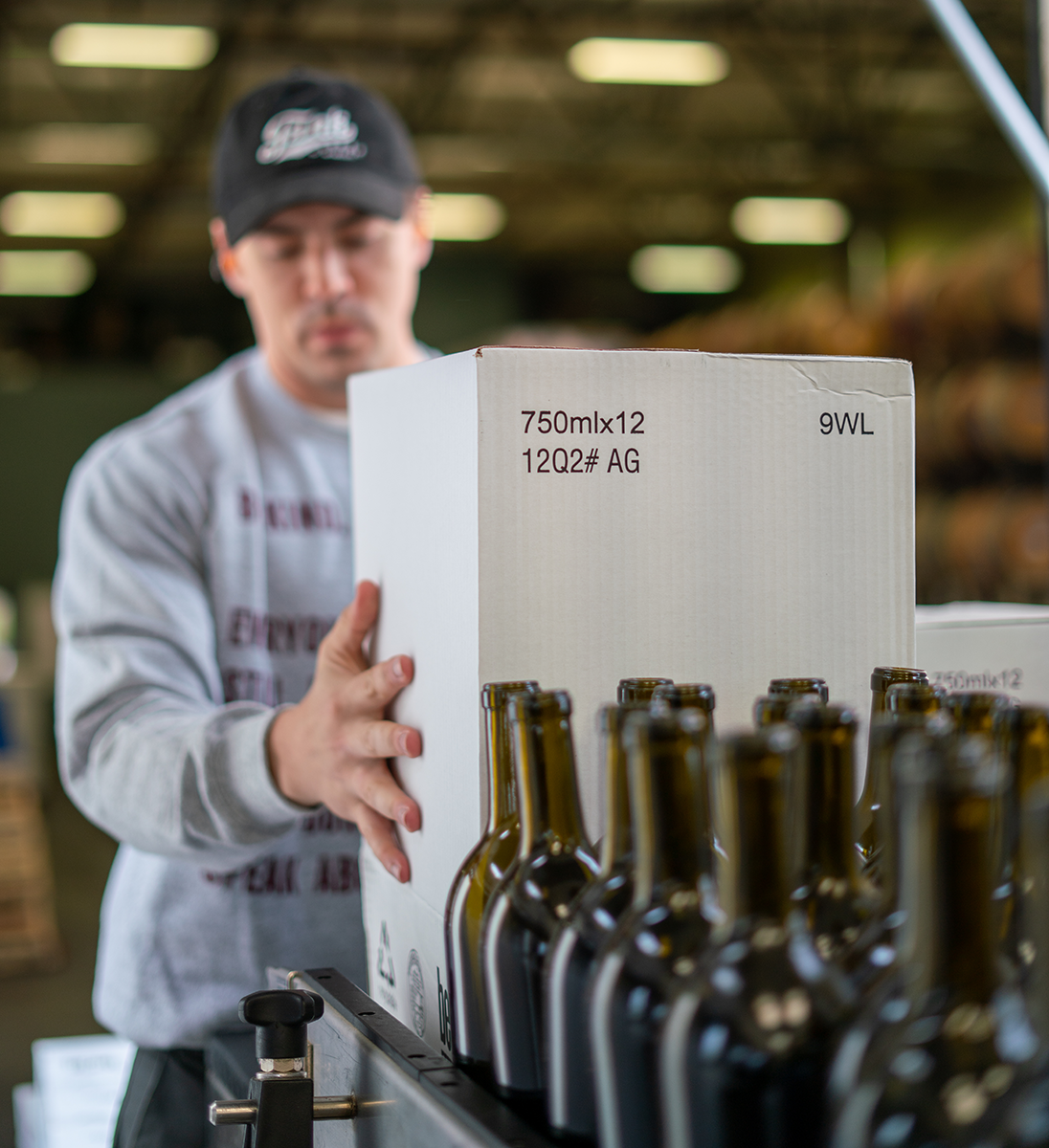
Step 2:
As the bottles move onto the wheel, vacuum and compressed air blow out any cardboard dust. The wine feeds from the tank inside the winery into a reservoir on the top of the bottle filler which fills 6 bottles at a time.
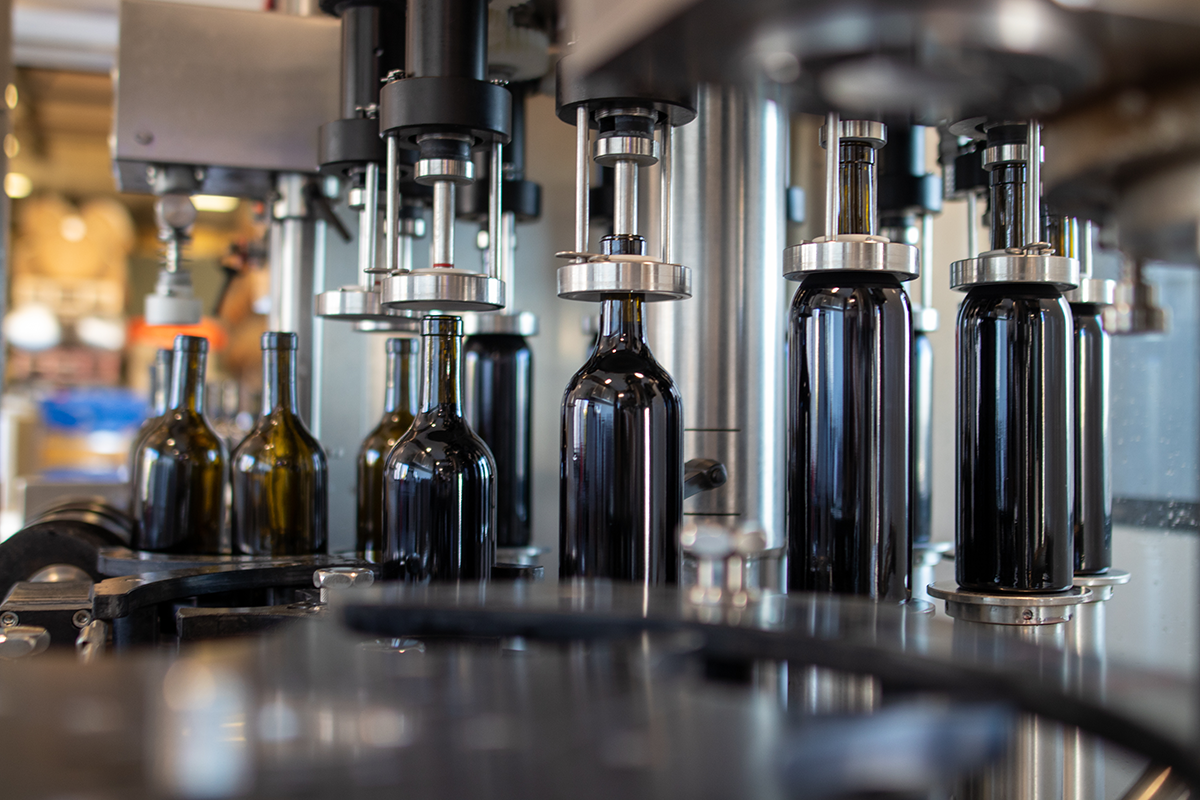
Note:
A gas line delivers nitrogen which serves two purposes: it protects the wine from exposure to oxygen and degasses the wine, removing any lingering carbon dioxide.
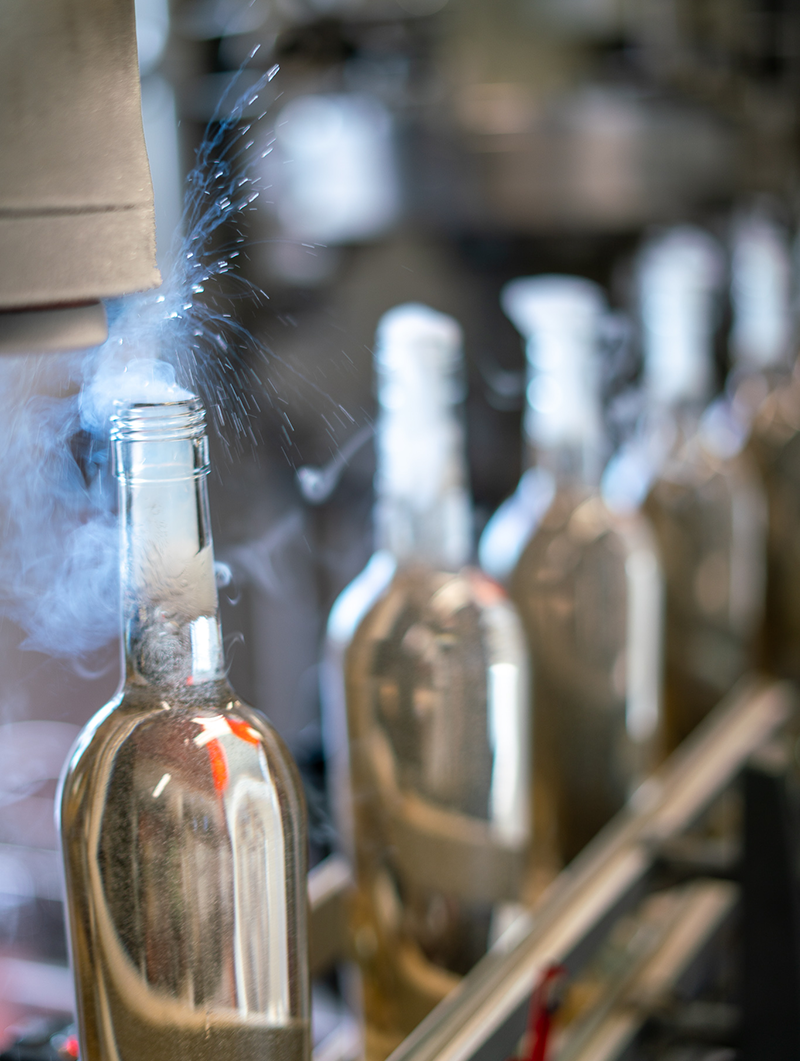
Step 3:
The filled bottles are moved down the line, where a screwcap or a traditional cork is added to seal the bottle. Any guesses on what the wine pictured below could be?
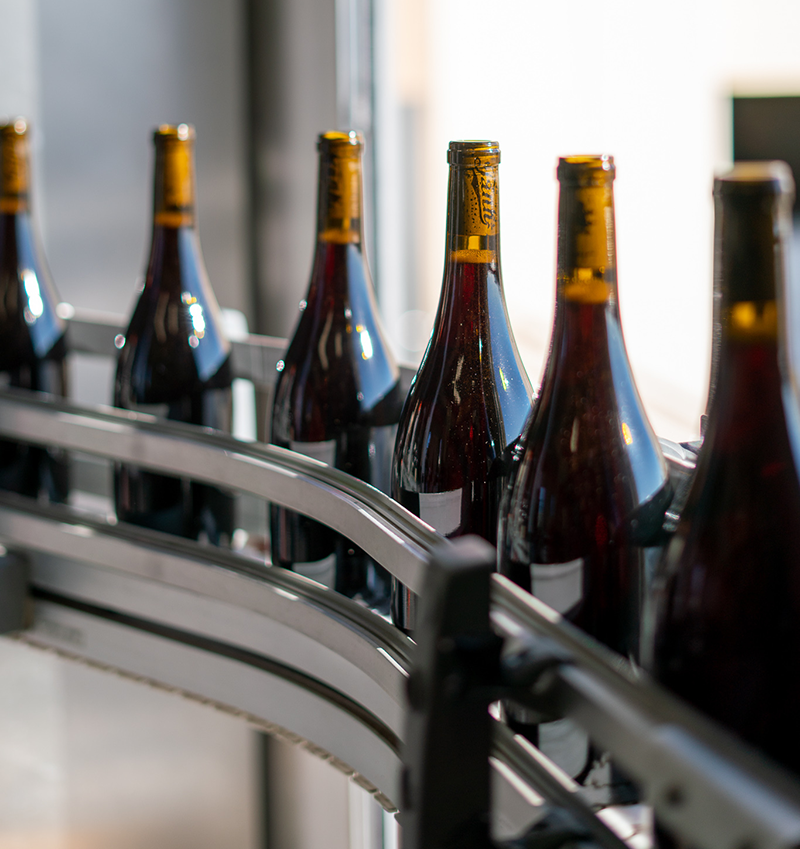
Hint: "For the label, we’re taking it back to our vintage roots with an image of a woman adorned in flowers."
Step 4:
The bottles continue down the line where two to three workers place capsules over the mouth.
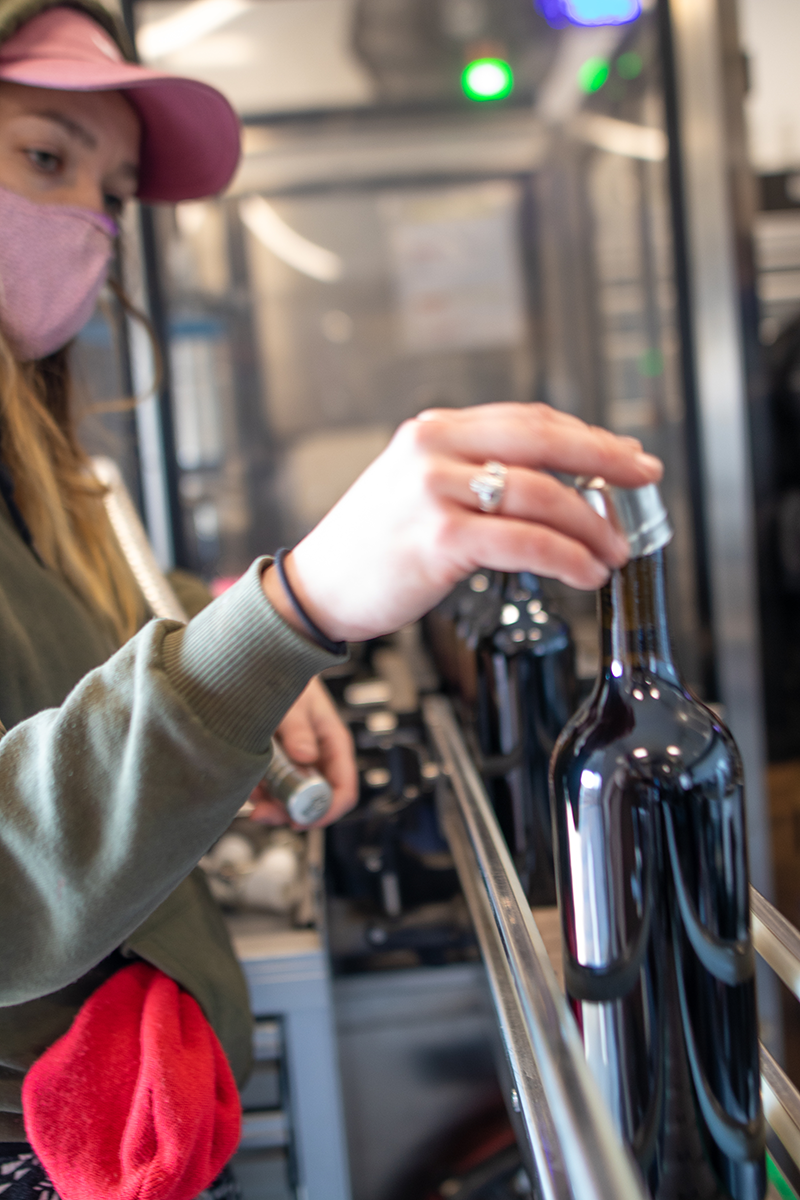
Step 5:
Each bottle is placed onto a pedestal, where the machines rotate the bottle 180 degrees to perfectly apply the front and back labels. Peep the example bottle displayed on the left, to make sure the machine is operating correctly. Quality control, folks!
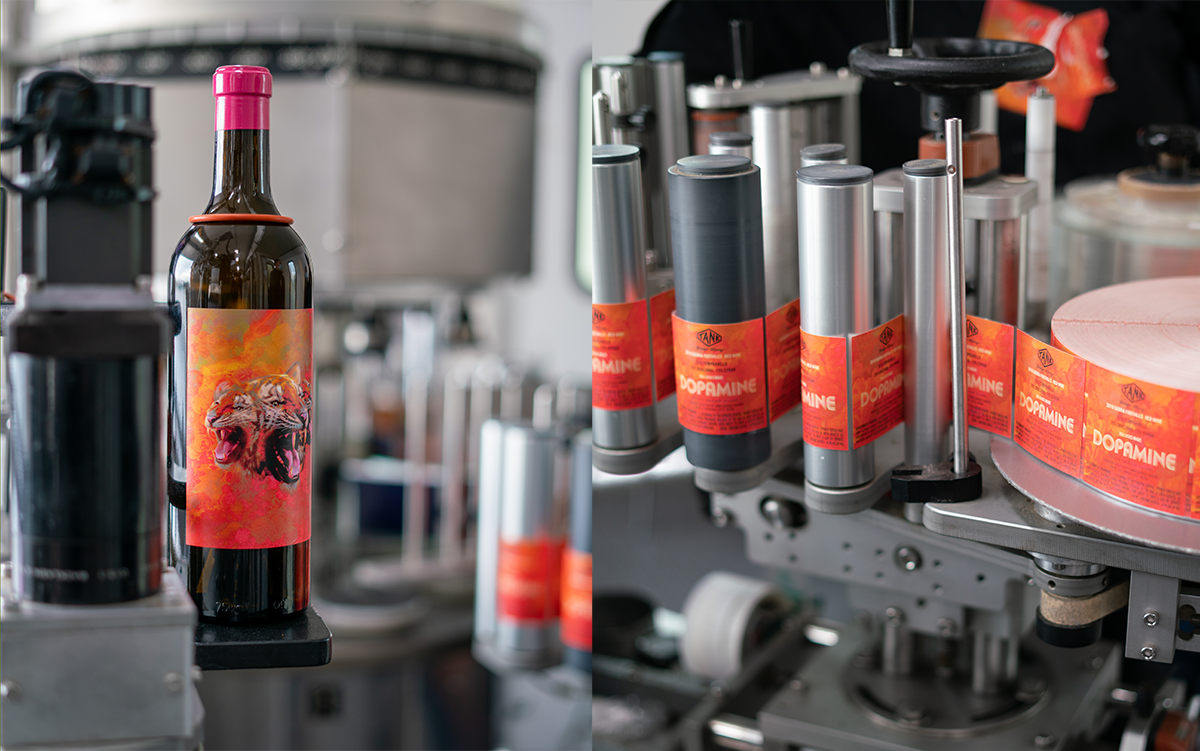
Step 6:
Once the bottles have made it through each station, they are re-packaged into the same boxes they started in.
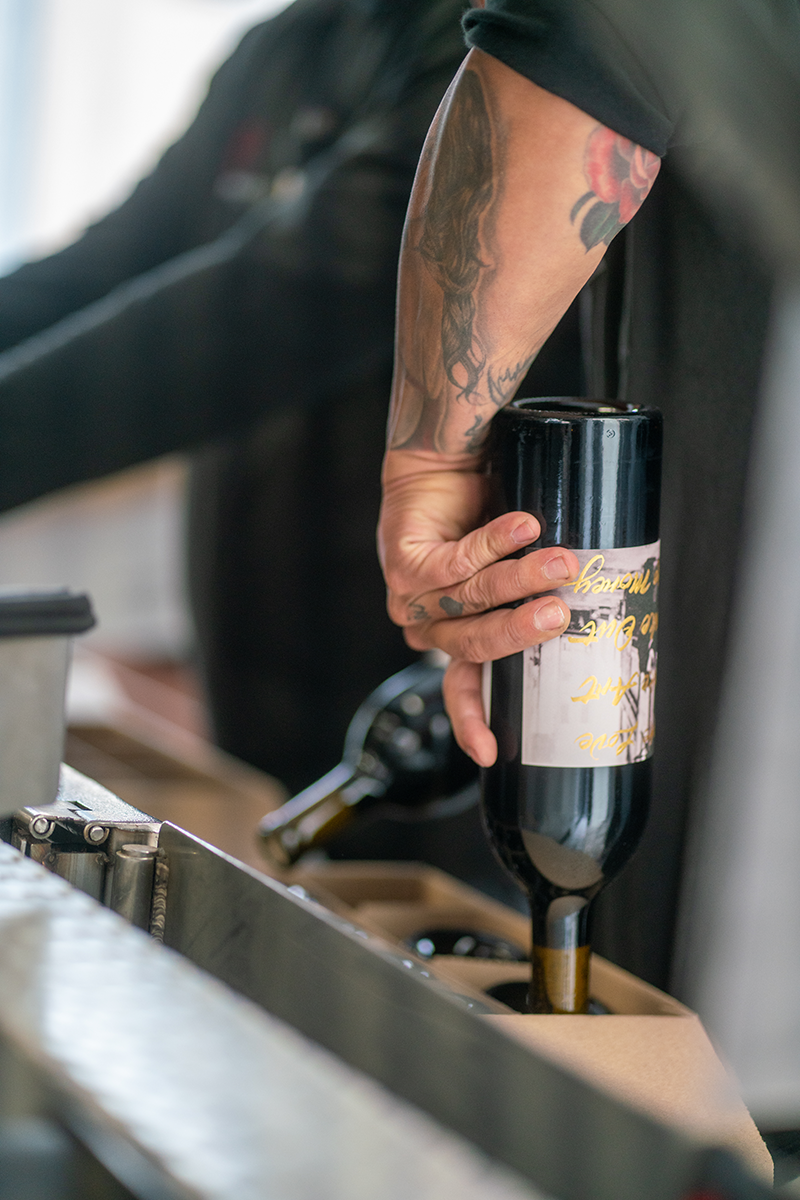
Step 7:
The cases are labeled, pushed through a tape dispenser, and placed on pallets. Ready for transport!

That's a wrap!
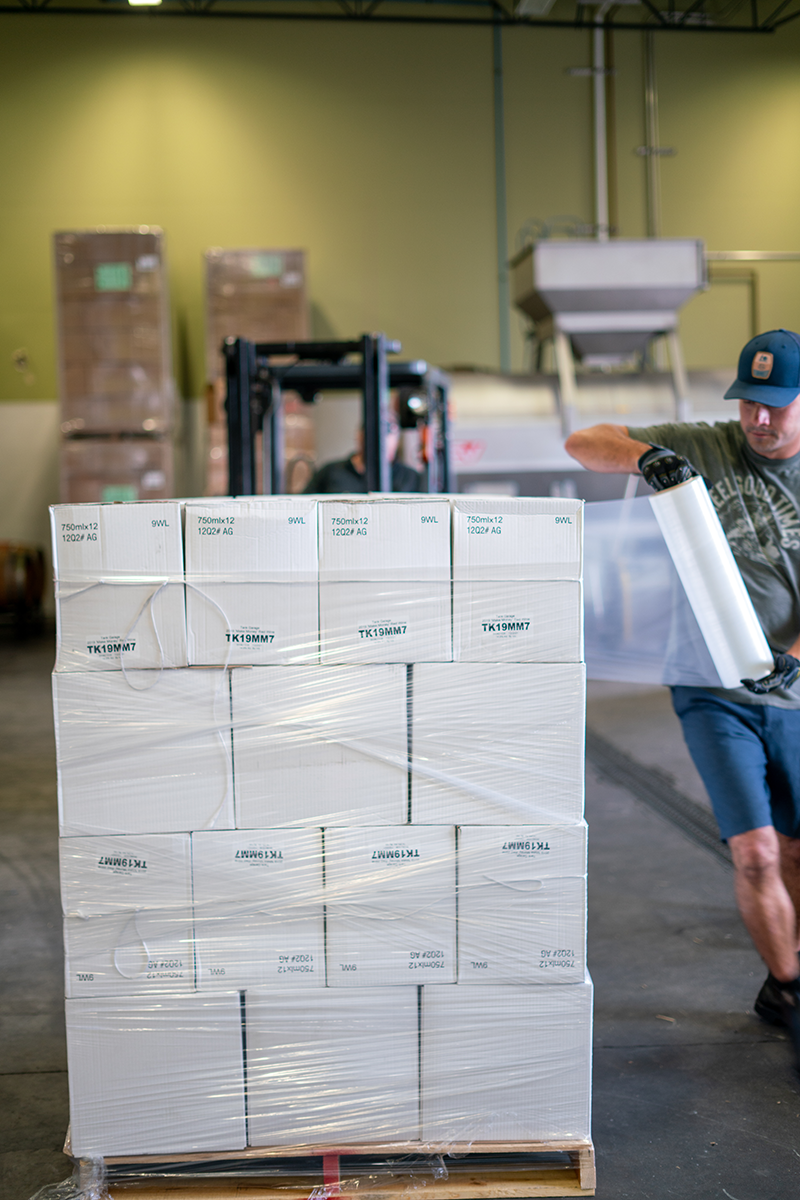
Follow our journey on Instagram to stay in the loop!
Mushrooms and Wine
If there’s one thing we love about winter in California, it’s the abundance of wild mushrooms growing up and down the coast. Chanterelles, Black Trumpets, Hedgehog and Porcini mushrooms are just a few of the fantastic fungi we’ve come to love, and they make an excellent pairing to the cool, California wines found at Tank Garage Winery.
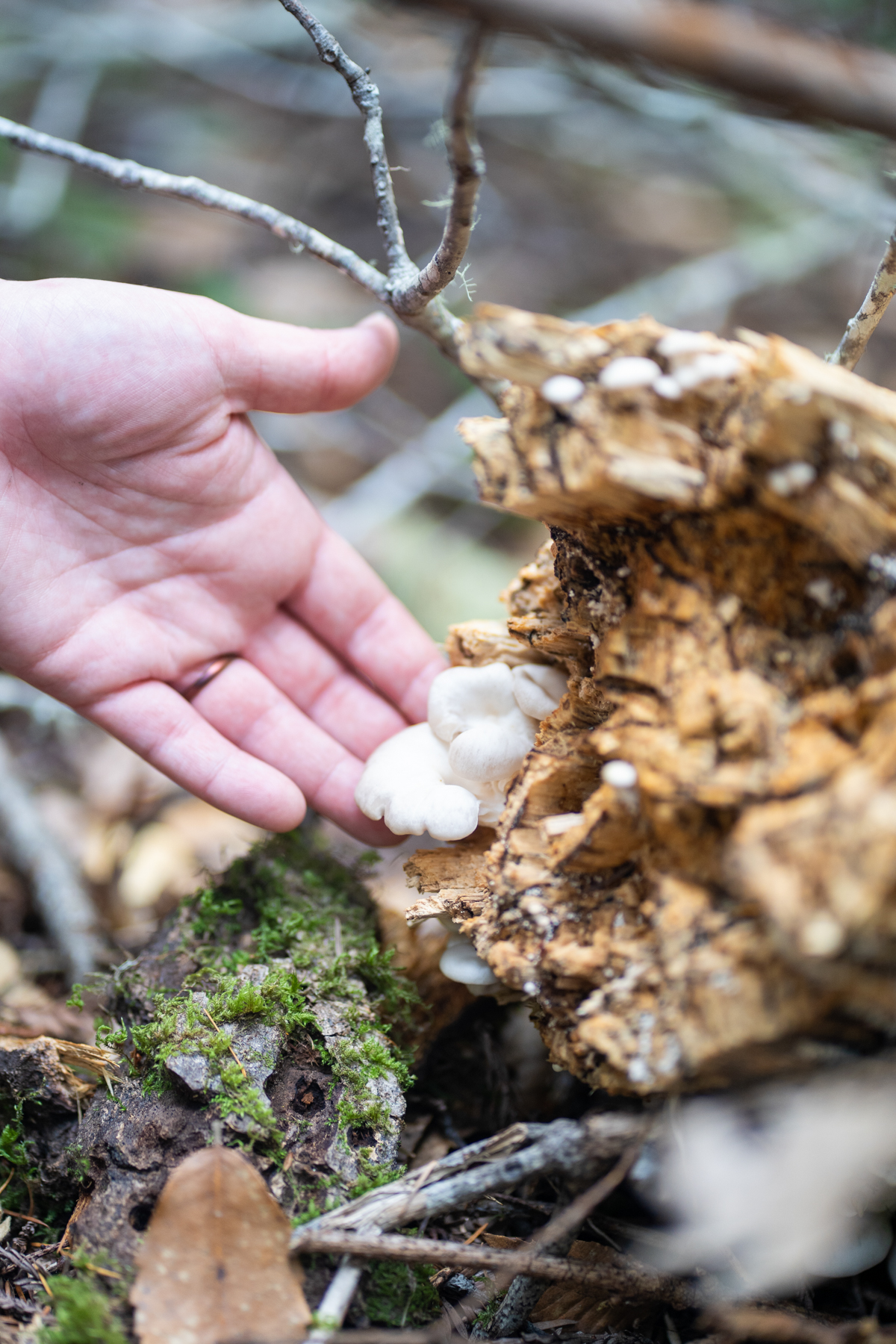
So, what are mushrooms exactly, and why do we love pairing them with our wines? Mushrooms, as we know them, are the reproductive fruiting bodies of certain types of fungi and the majority of the organism grows beneath the soil's surface in a vast network known as mycelium. Fungi are different from plants and animals and belong to their own kingdom. You are probably most familiar with the edible species Agaricus Bosporus, more commonly known as the white button mushroom, cremini or portabella mushroom, depending on its growth stage. These, along with the countless other edible mushroom species, make a wonderful pairing for both red and white wines, depending on the preparation. We have our minds set on making a mushroom risotto (scroll down for the recipe), which we think will pair swimmingly with our limited release, Barn Dance Mourvèdre.
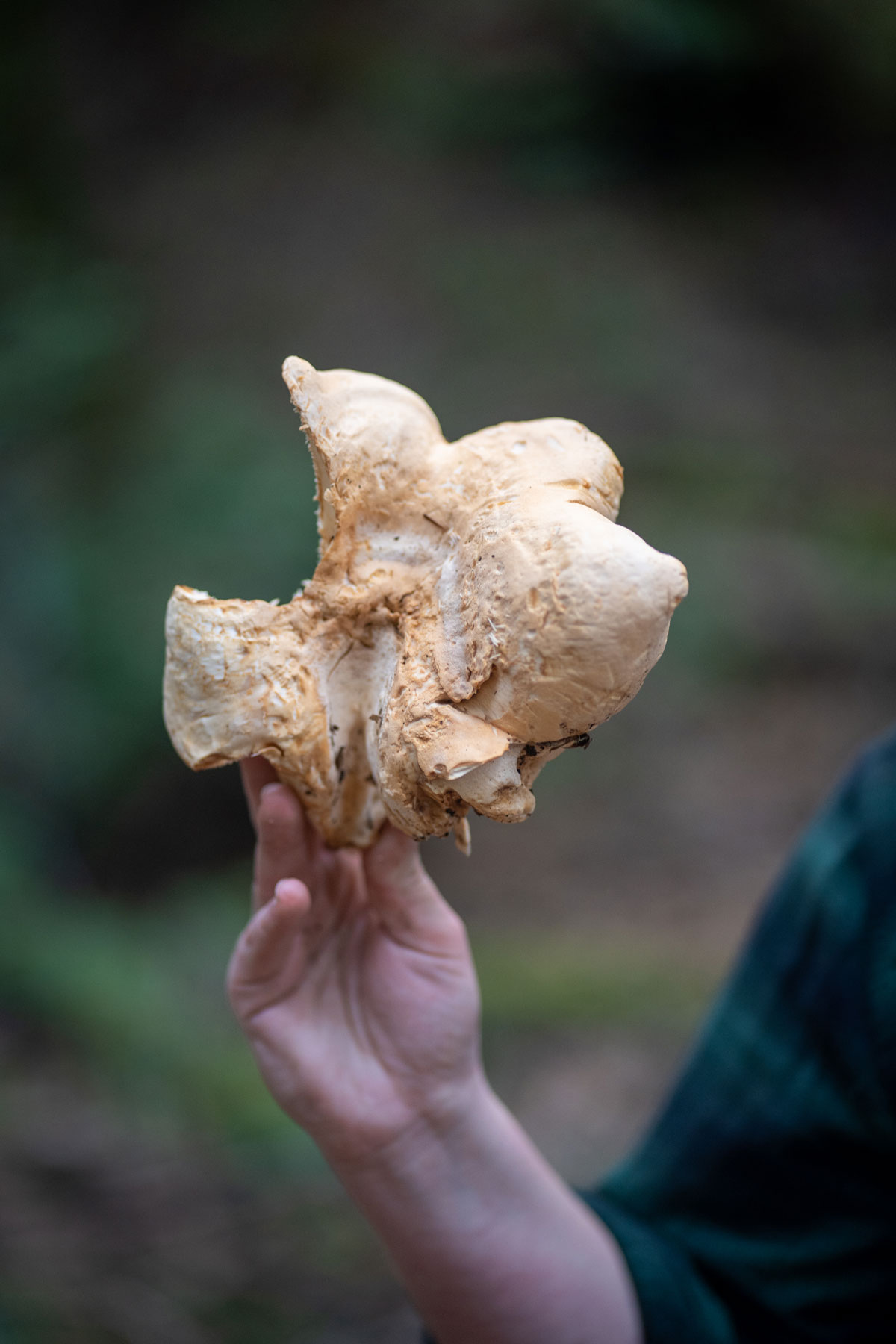
Some of our favorite species of mushrooms are not cultivated commercially, so the only way to access them is through foraging or connecting with a local mushroom purveyor. To celebrate our love of nature and newly found hobby, we took a trip to Salt Point State Park, located in Sonoma County CA for a day of mushroom hunting and taking in the beauty of the California Coast. Salt Point State Park is the only California state park that allows mushroom collecting for personal use, and there is a bag limit of three pounds of mushrooms per person, per day. We’re very fortunate to have access to these lands and it is important that we pay our proper respects.
Therefore, we follow these guidelines while foraging:
- Only pick what you will consume, and never pick more than 10% of what’s growing in a specific area to ensure mushrooms will continue to fruit in that area for years to come.
- Don’t disturb the vegetation. The ground cover is essential to the mycelium (mushroom ‘roots’) growing underneath so it is important that you do not dig into or rake away the soil in search of mushrooms.
- Don’t litter! And if you see trash on the trail, pick it up. We’ve got to take care of our Mother Earth, so always leave the trail better than you found it.
- Only pick mushrooms where it is legal to do so.
- Last, and certainly not least, we do not recommend consuming wild mushrooms unless you are or are working with an experienced forager to help identify your finds. Remember – many mushrooms have lookalikes and some can be deadly toxic. The number one rule to remember is “When in doubt, throw it out.”
It was a perfect day for foraging, and we were blessed with an abundance of Black Trumpet and Hedgehog mushrooms growing along the trail. In addition to these amazing finds, we also spotted a few Oyster mushrooms and a Yellowfoot Chantrelle. After hiking 15+ miles over the course of the day, we finished our hike at sunset along the coast, watching the waves crash against the rocky shoreline. We're already counting down the days until our next mushroom adventure!
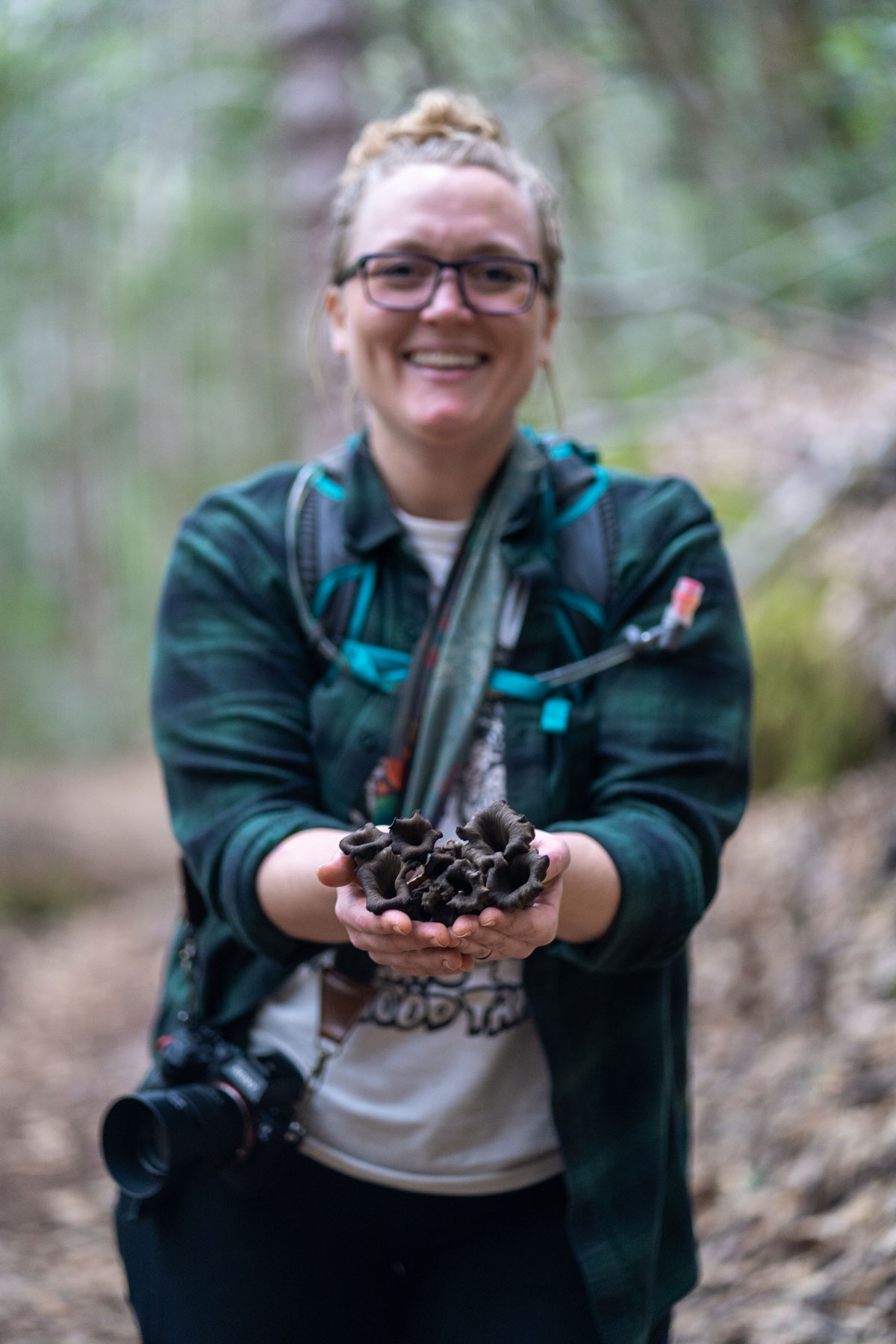
Many of the edible species we gathered on our mushroom hike can be found at groceries here in California. Two of our favorite purveyors in California are Far West Fungi and Foggy Dew Fungi, who both offer a wide array of mushrooms (and even your own mushroom growing kits). Edible mushrooms species can be found throughout the United States, and we recommend checking out your local mycological society for information on mushrooms in your area.
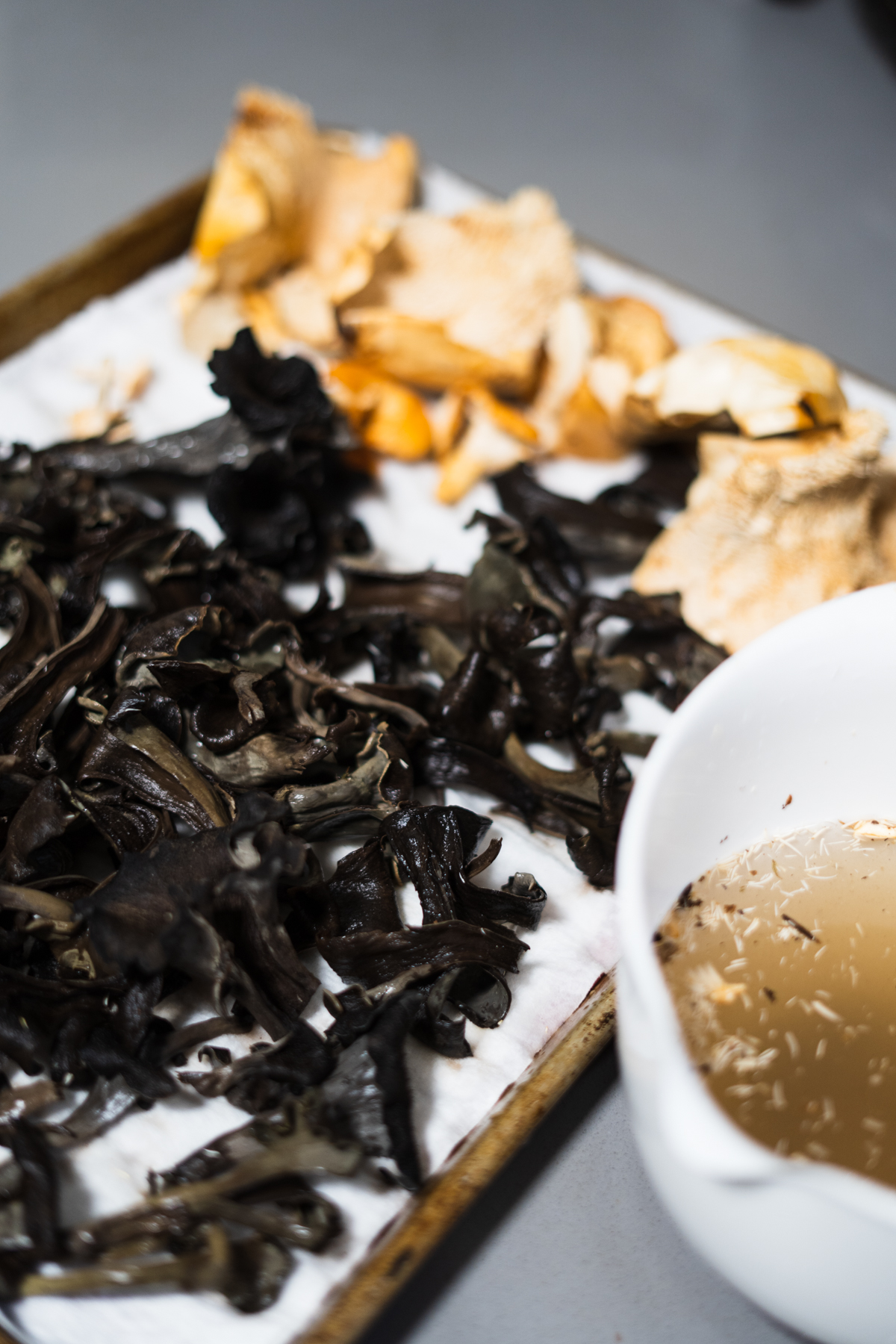
A few tips on cooking mushrooms:
- Always clean your mushrooms! While you may have heard an outdated warning that washing leads to waterlogged mushrooms, w recommend placing your mushrooms briefly in a large bowl of water to rinse away any debris. Afterward, you can use a damp paper towel to remove any remaining debris. If you are using wild/foraged mushrooms, you may need to use a brush to aid in the cleaning process. Gently pat your mushrooms dry with a paper towel and they are ready for cooking!
- We recommend a 'dry fry' method by placing cleaned mushrooms in a hot pan without oil. As the mushrooms cook, they release their juices and evaporate, leading to a more concentrated flavor. Once the mushrooms begin to brown (about 5-10 min), add a bit of oil or butter to achieve a crispy exterior and season them to taste. We prefer to use a cast iron pan for this process, but you can use any non-stick pan you desire.
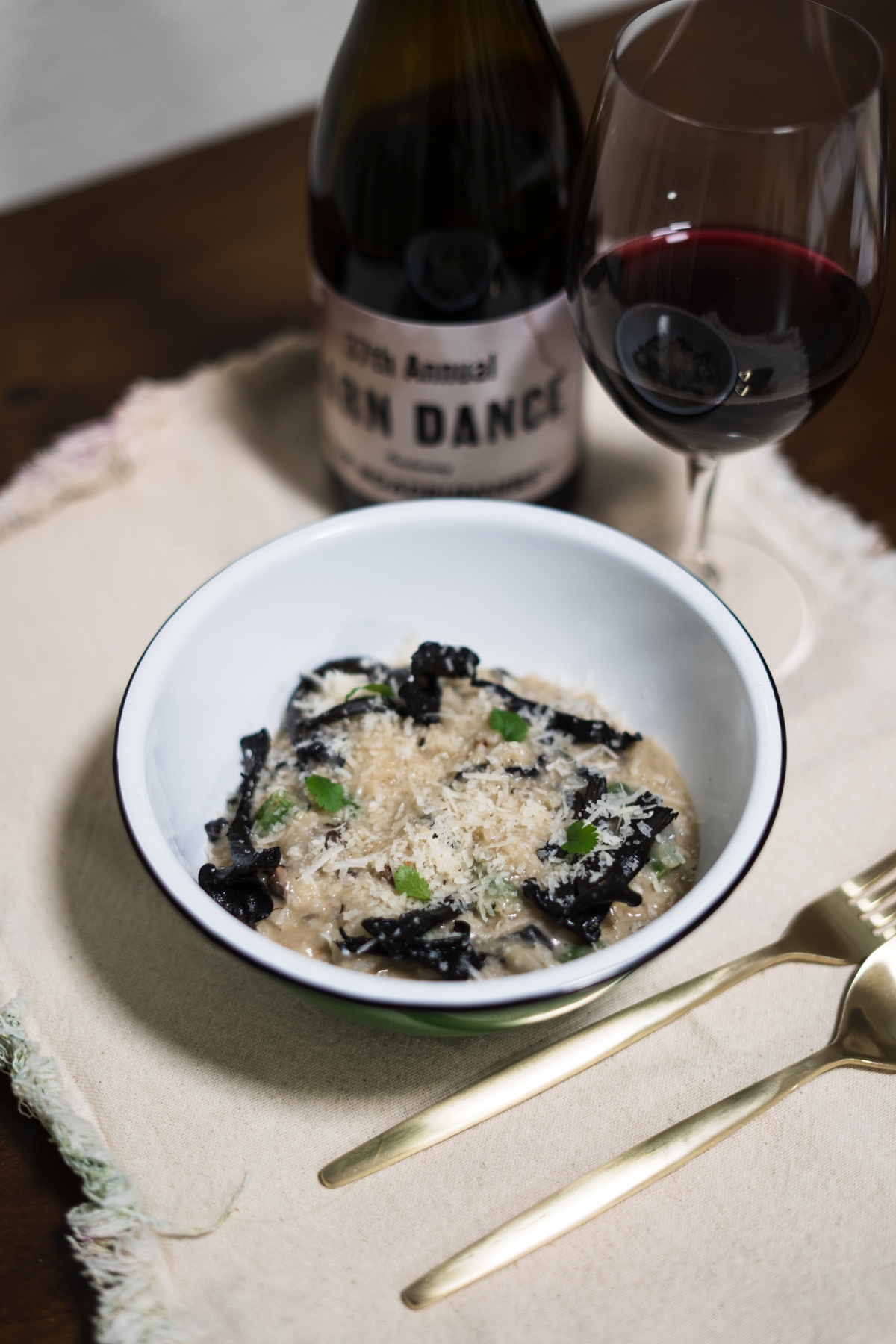
Mushroom Risotto
Serves 6
Ingredients:
1 qt mushroom stock
water, as needed
2 lbs mushrooms, sliced (we recommend using several varieties)
olive oil
1 ea yellow onion, minced
1 head garlic, minced
1/2 c dry white wine
1 1/2 c Arborio rice
4 tbs butter
1 c parmesan cheese, finely grated with a microplane
kosher salt, to taste
black pepper, to taste
microgreens (optional) to garnish
Tools Needed:
chefs knife
cutting board
1 sheet pan
mixing bowl
1 large cast-iron skillet or sauté pan with 4" sides or a dutch oven
1 wooden spoon or heat-proof spatula
1 microplane
tasting spoons
serving bowls
Method:
Bring mushroom stock to a low simmer over the stove and hold for later use.
Using the dry fry method, cook mushrooms in batches in a hot cast iron or nonstick pan without oil. This method allows the mushrooms to cook in their own juices, leading to a more concentrated flavor. Once the mushrooms begin to brown (about 5-10 min), add a bit of oil or butter to achieve a crispy exterior and season them to taste. Set a side on a sheet pan lined with paper towels for future use.
While your mushrooms are cooking, mince onion until the pieces are approximately the size of a grain of rice. Mince garlic and set aside.
In a large cast-iron skillet, heavy sauté pan or dutch oven, heat approximately 2 tablespoons olive oil until you see a slight ripple indicating the oil is hot. Add minced onions, season with salt and sweat over medium heat until translucent and completely soft (taste the onions to make sure they are soft. Nobody likes crunchy onions in risotto). Do not brown your onions! Once onions have cooked, turn the heat to low, add garlic, season and stir until fragrant. Add Arborio rice and stir to coat with oil. Keep on stirring to parch the rice – do not brown the rice!
When the rice has taken on a slightly translucent appearance (approximately 2-3 minutes), add the wine and stir continuously. Tip: Make sure to rub your spatula across the bottom of the pan to pick up any bits of fond from cooking the onions and garlic! Reduce wine while stirring gently until fully absorbed.
Adding 1/2 c of stock at a time, gently but continuously stir the rice until all the liquid has been absorbed. This process may use more than 1 qt of stock – if you need more liquid, water can be used to finish the cooking process. Note: The continuous stirring, along with the slow additions of liquid, is what creates the creamy texture Risotto is known for. Don't rush this step, and don't leave your pan unattended. Taste the rice throughout this process to test for doneness and season as needed. Rice should be al dente.
Add butter and parmesan and stir until fully incorporated. Add mushrooms, reserving a few of each variety for garnish. Taste and season as needed.
To serve, garnish with a bit of the reserved mushrooms, a bit of freshly grated parmesan and herbs (optional).
Tip: Have leftovers? Cool mixture and form into 1" balls or small disks. Coat with flour, egg wash and panko to fry up for some killer Arancinis later on in the week! (These can also be frozen for up to 1 month)
Recipe by Grace Coyne
It's Ramen Night 🍜
Tank does ramen night. 🍜
Cold winter nights call for a soul-warming bowl of soup, and in our humble opinion, that soup is ramen. Ramen is a Japanese noodle soup, with a combination of a richly flavored broth, with noodles and a selection of meats or vegetables, often topped with a boiled egg.
Our recipe isn't your dorm room Top Ramen, but it also won't take 48 hours babysitting a broth over the stove. So, pour yourself a glass of The Benefits of Solitude, whip up the recipe below and enjoy the pairing magic. ✨
To help you stock up on this irresistible red, use code SOLITUDE at checkout to score $25 off your next 4+ bottle order. Offer expires 1/31
Ingredients (Makes ~ 2 servings)
• 1 pkg Shin Ramyun
• 6 oz Braised Pork Shoulder
• 2 Eggs, Soft Boiled
• 1/2 cup canned Bamboo Shoots, Julienned
• 1/2 cup Green Onion, chopped
• 1/2 cup Mung Bean Sprouts
• 1 cup Spinach
• Soy Sauce, as needed
• Hot Sesame Oil, as needed
• Sriracha or other hot sauce, as needed
One of our favorite things about ramen is that the dish is completely customizable. The above ingredients are our favorite combination, but feel free to add things like sliced shitake mushrooms, nori (seaweed), bok choy, swap the pork for your favorite meat or add any of your favorite vegetables.
A note on making soft-boiled eggs: Boil for ~5 minutes in shell and transfer to an ice-water bath to stop the cooking process. This will yield an egg with set whites and creamy yolk.
Directions
| 1 |
Begin by bringing ~3 cups of water to a boil. Add the seasoning packets that come with the noodles and stir to combine. Add uncooked noodles and simmer for five minutes. Remove noodles and save the cooking liquid. |
| 2 |
Using two large soup bowls, add cooked noodles and arrange the pork shoulder, soft-boiled egg, bamboo shoots, mung bean sprouts and spinach on top. Ladle hot cooking liquid between the two bowls and garnish with chopped green onion. |
| 3 |
Season to taste with soy sauce, hot sesame oil and your favorite hot sauce (we used Sriracha). |
Pair with 2019 The Benefits of Solitude, Red Wine, California
Cheers!
To help you stock up on this irresistible red, use code SOLITUDE at checkout to score $25 off your next 4+ bottle order. Offer expires 1/31
Draw Me like One of Your French Fries 🍟
In life, there are certain pairings that, after finding each other, become inseparable. Such as; peanut butter and jelly, Cheech and Chong, macaroni and cheese, Kanye and Kanye, to name a few. According to the experts (us), you haven't lived until you have tried the pairing you didn't know you needed: sparkling wine and french fries.
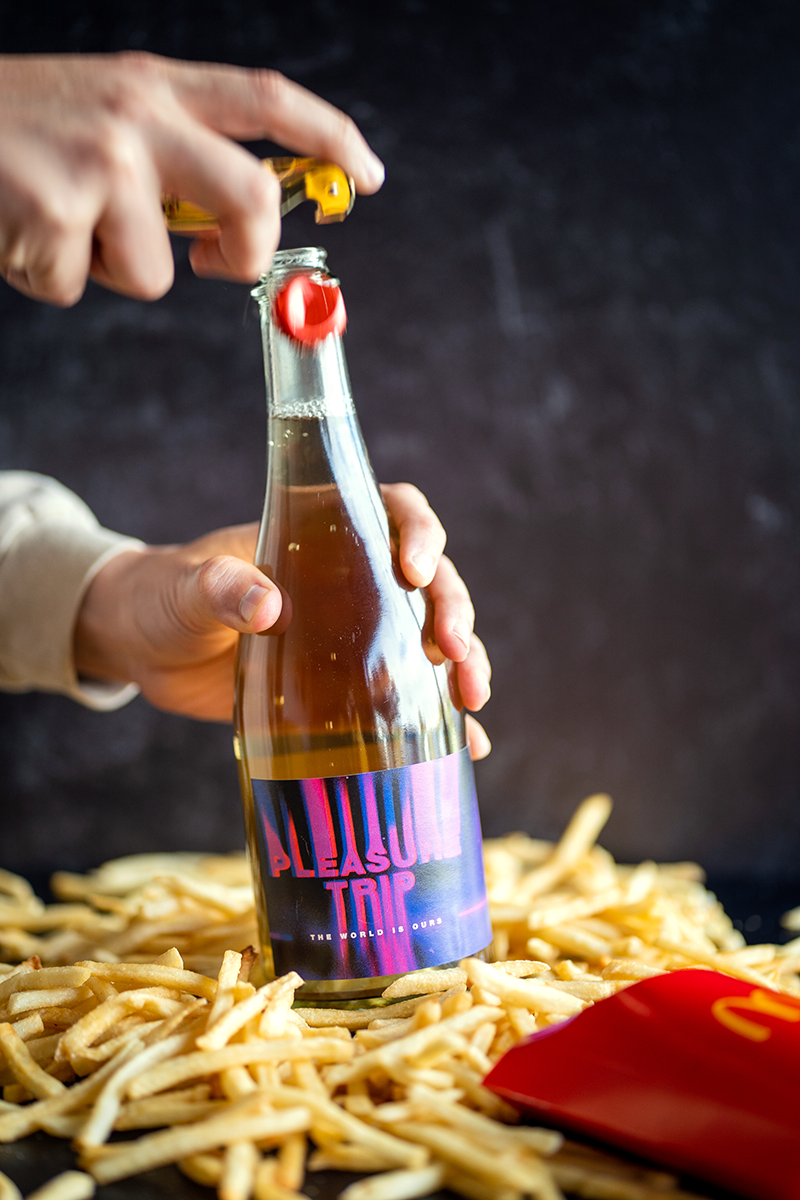
Merriam-Webster dictionary first recognized the term “fast food” in 1951. Following World War I, automobiles became popular and more affordable. At that time, restaurants introduced the drive-in.
Fun fact: The first Happy Meal was served in June of 1979.

It's National Fast Food Day so we are celebrating with, arguably, the best french fries on the planet. The salt and crunch from McDonald's fries are the perfect balance to the zesty acidity and small bubbles from Pleasure Trip. If you want to try this pairing, you better get your hands on Pleasure Trip before it's gone for good! 🤩
If you want to try this pairing, you better get your hands on Pleasure Trip before it's gone for good! 🤩
#LiveInMyBlundstones
With a history dating back to 1870 in Tasmania, Australia, Blundstone has long been the footwear of choice for everyone from war soldiers, expeditionists, factory workers, farmers, artists, chefs, and even winemakers.
Our winemaker, Bertus, has been wearing Blundstones for 10 years now so we're stoked to announce that we got him featured!
"I got my first pair in 2011 when I was here for harvest. I'm a fan, yeah a Blundstone believer."
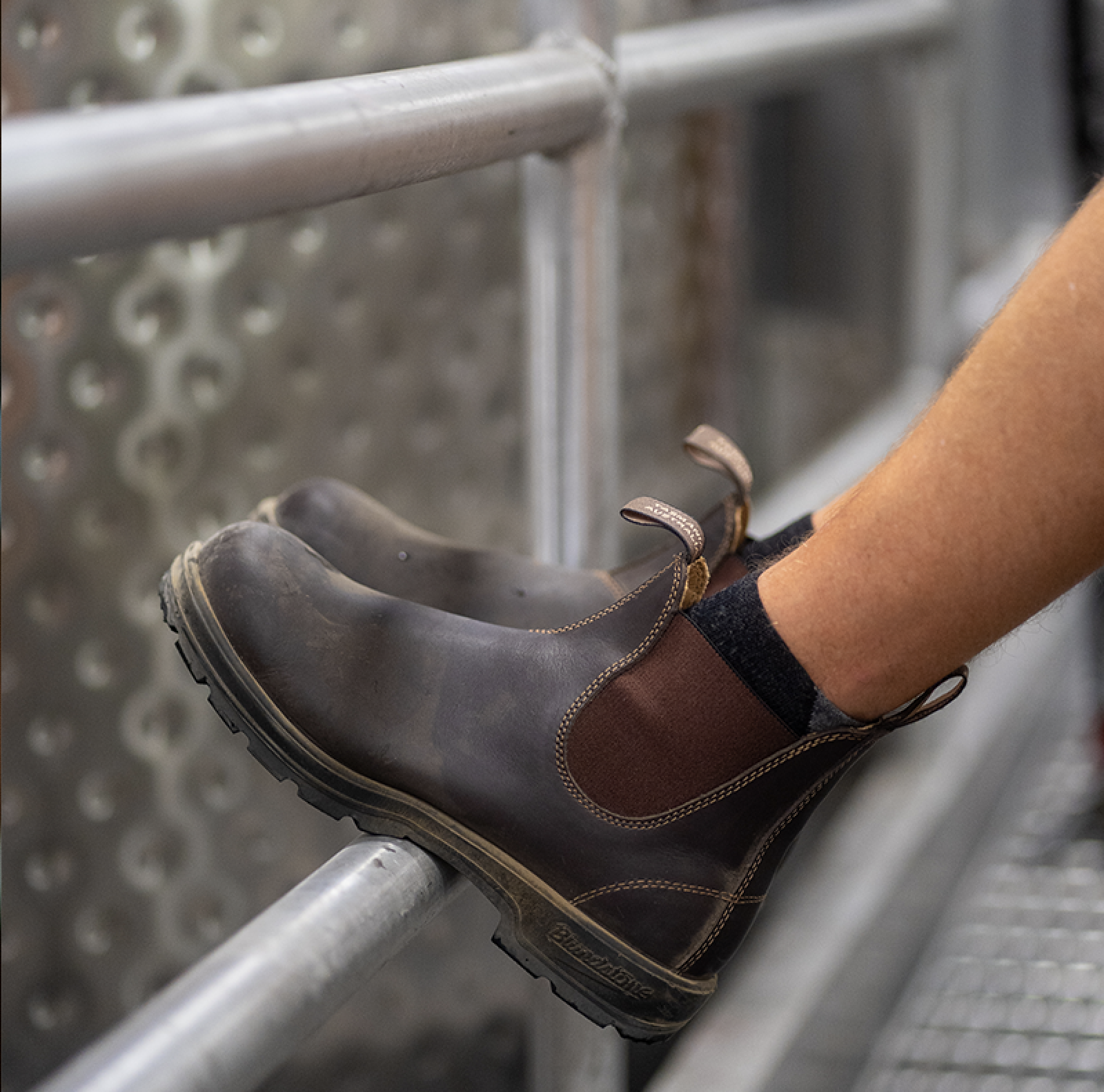
In 1968, Blundstone introduced the 500 series (colloquially known as "Blunnies") which were laceless, elastic-sided, ankle-length boots. Made from durable weatherproofed leather, with a cushioned midsole, and slip-proof outsole, Blunnies were ideal work boots for the heat, sun, mud, dust, river crossings, and other hazards encountered in the Australian outback.
To celebrate Bertus' feature, we created a special offer:

You Gourd To Try This Recipe 🎃🍂
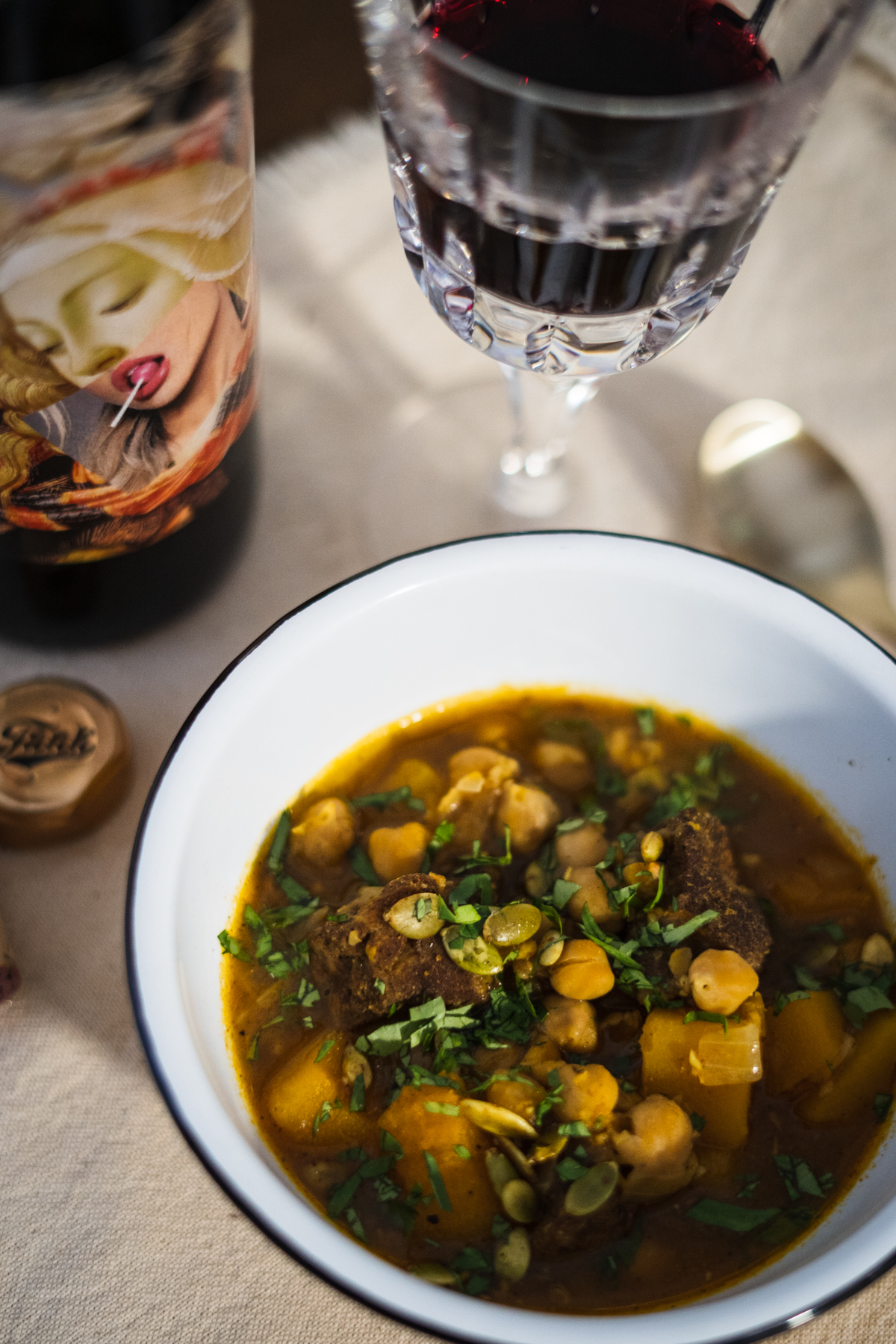
Curried Butternut Squash & Lamb Stew
Fall is here and we're ready for all things cozy. This curried butternut squash and lamb stew warms the soul and is a knockout pairing for our latest mixed blacks red wine, MDNA.
To help you stock up on this irresistable red, use code FALLRECIPE at checkout to score $25 off your next 4+ bottle order. Offer expires 10/31
Ingredients (Makes ~ 4 servings)
• 1 Tbs ground cumin
• 1 Tbs ground cardamom
• 1 Tbs ground coriander
• 1 Tbs teaspoon turmeric
• 1 Tbs cinnamon
• 2 tsp freshly ground black pepper, plus more to taste
• 1 tsp of cayenne pepper
• 1 Tbs salt, plus more to taste
• 1 lb lamb stewing meat, trimmed and cut into 1-inch cubes
• 1 small onion, peeled and thinly sliced
• 2 Tbs tomato paste
• 1/2 head garlic, peeled and minced
• 3 cups chicken broth (low-or-no-sodium)
• 1 small butternut squash, peeled, seeds and fibers scooped out, cut into 3/4-inch cubes
• 1 19-ounce can chickpeas, drained and rinsed
• 1 tablespoon chopped fresh cilantro
• Toasted Pepitas
• Lime juice as needed
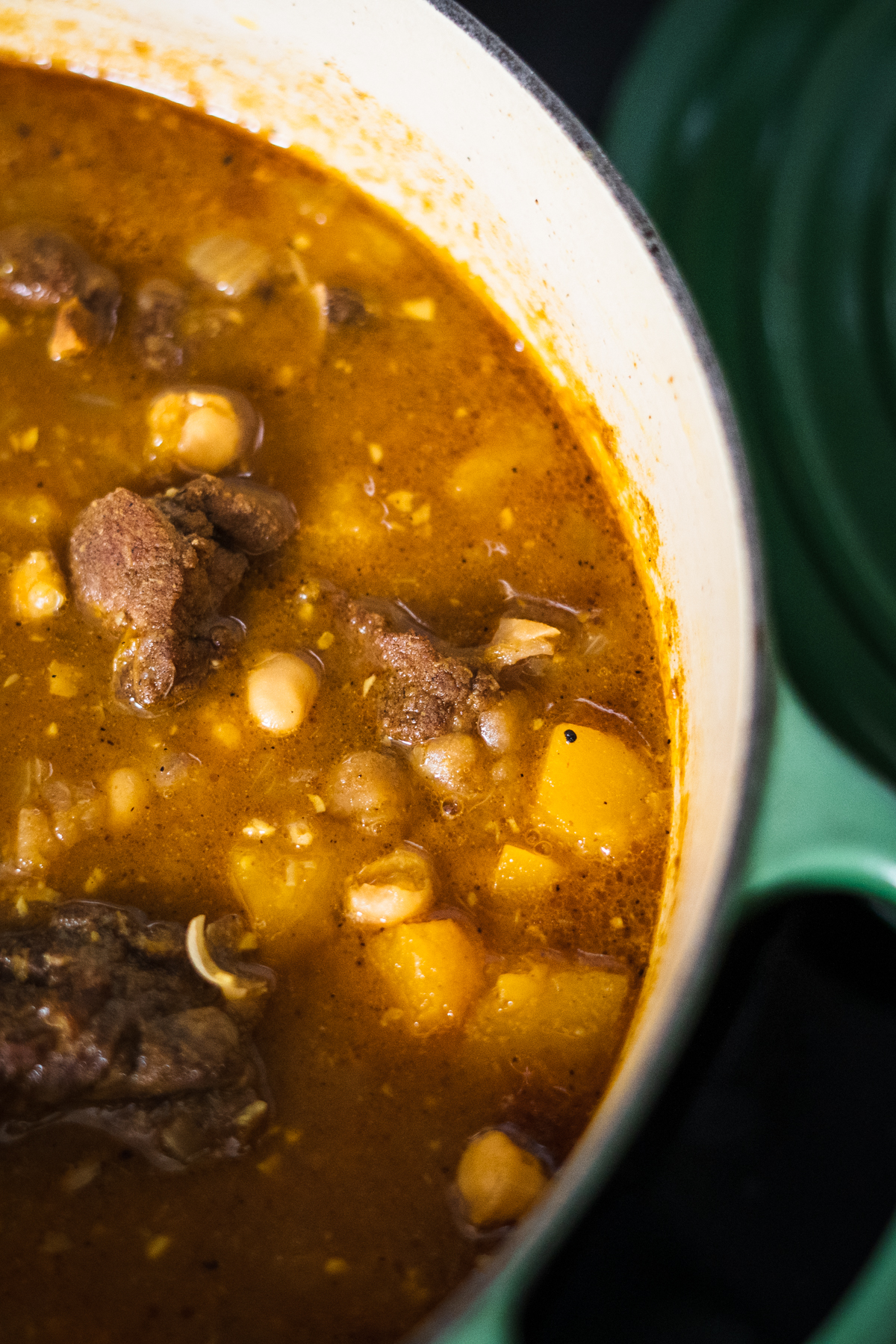
Directions
| 1 |
Combine the spices and salt in a bowl. In a separate bowl, add approximately 1/3 of the spice mixture along with the lamb and toss to coat well. Meanwhile, heat approximately 2-3 tsp of olive oil in a dutch oven or large cast-iron pot. Add lamb a few pieces at a time – if the meat is overcrowded, it will not brown properly. Turn the pieces until lamb is browned on all sides, which should take about a few minutes per batch. Add a teaspoon of oil as needed between batches. |
| 2 |
Once all the meat has been browned, set lamb aside and drain any remaining oil from the pan. Add two teaspoons of oil over medium heat and combine with the remaining spice mixture, stirring constantly. Once the spices become fragrant, add onion to the pot and cook on medium-low heat for 3-5 minutes, or until the onions are translucent and soft. Stir in the garlic and cook for 15 seconds. Add tomatoes paste and cook, stirring constantly until the paste turns a dark rust color. Add the lamb and chicken broth and bring to a boil momentarily before reducing to a slow simmer. Cover and cook until the lamb is tender, about 1 hour. Stir in the squash and chickpeas and cook, covered, for another ten minutes, or until the stew is a thick consistency and the squash is tender. |
| 3 |
Season with salt, pepper and lime juice to taste and garnish with freshly chopped cilantro and toasted pepitas. This dish is wonderful with basmati rice, cous-cous or grilled naan bread. |
Pair with 2018 MDNA, Mixed Blacks Red Wine, Dry Creek Valley
Cheers!
To help you stock up on this irresistable red, use code FALLRECIPE at checkout to score $25 off your next 4+ bottle order. Offer expires 10/31


